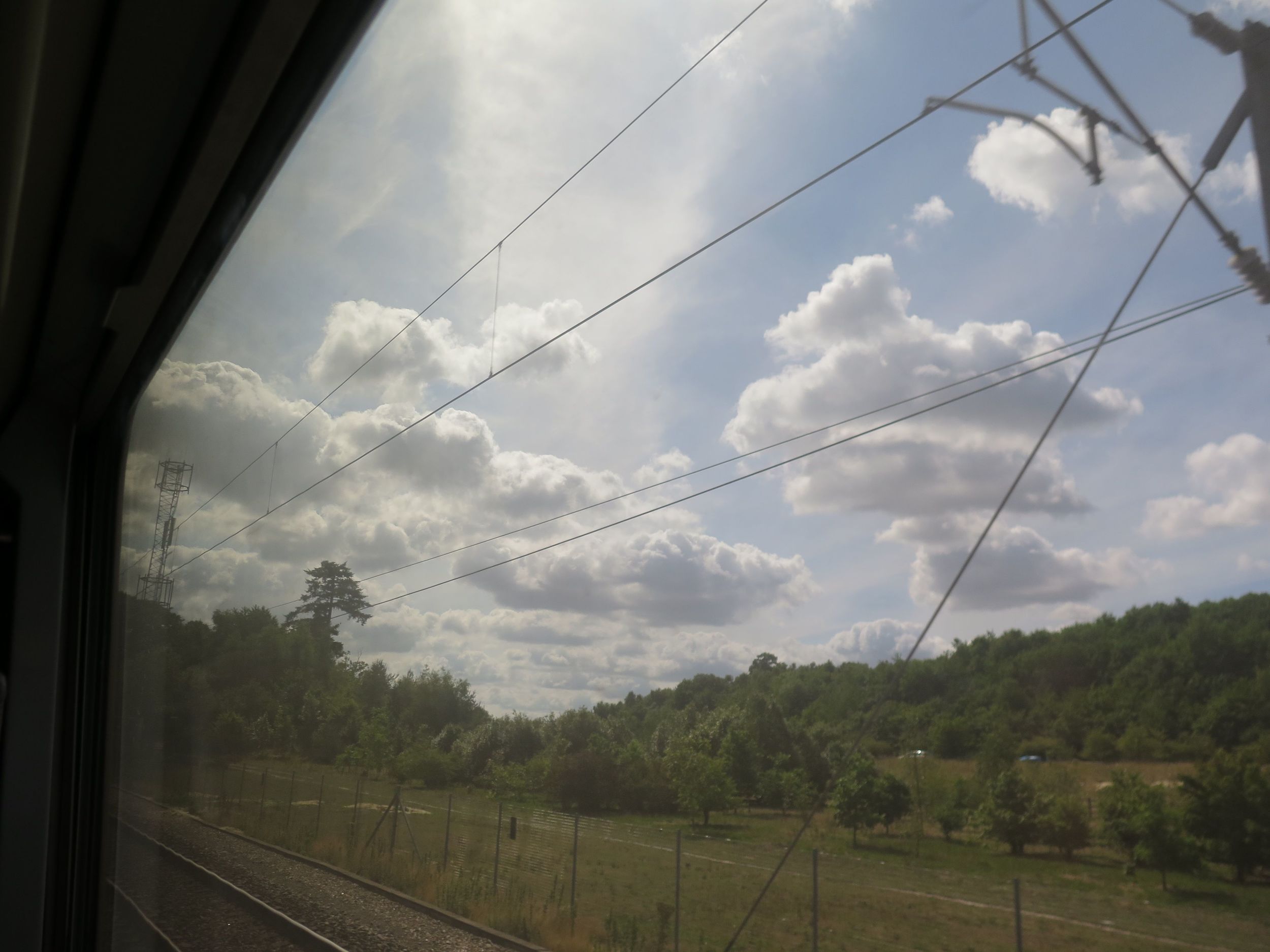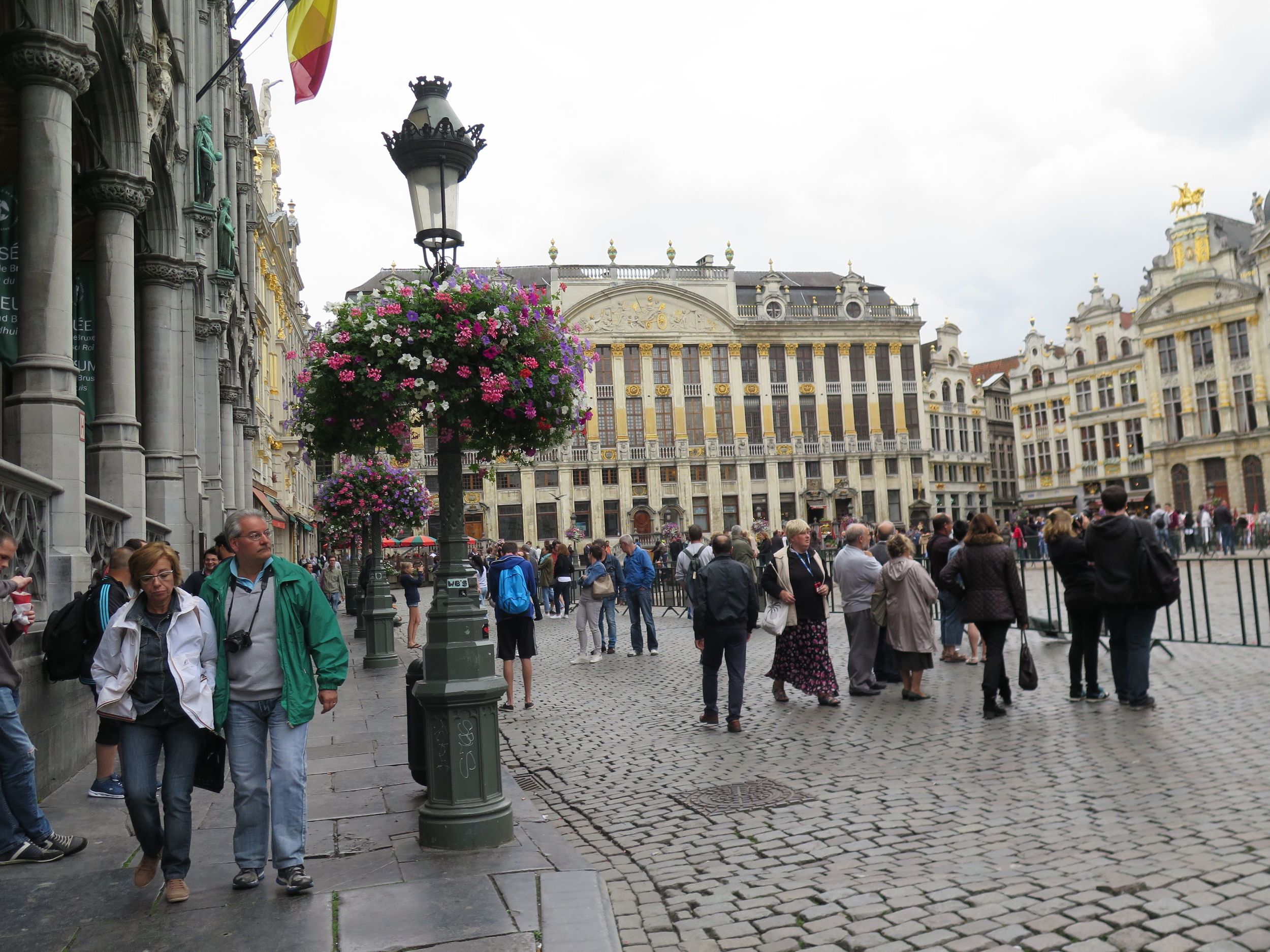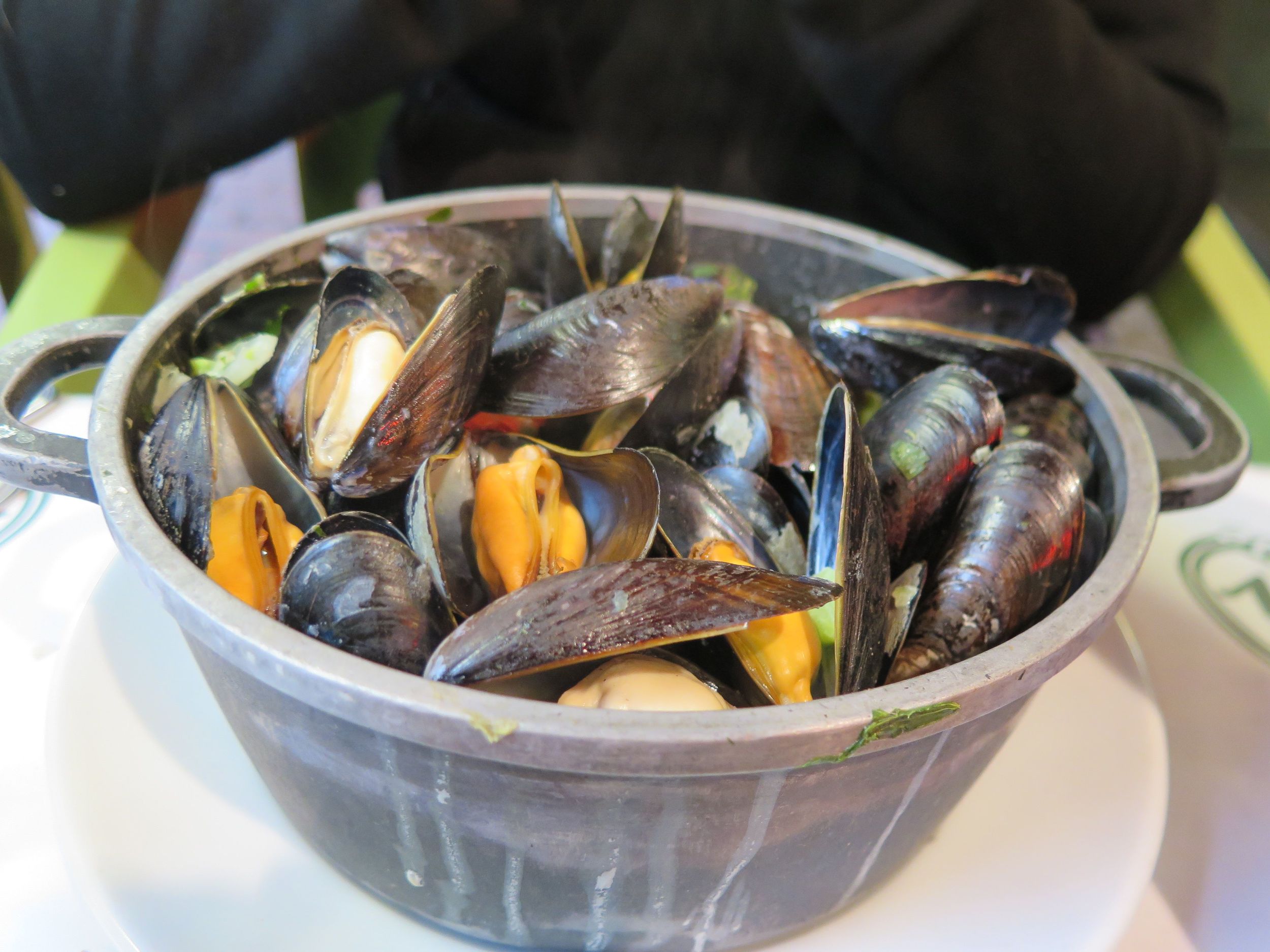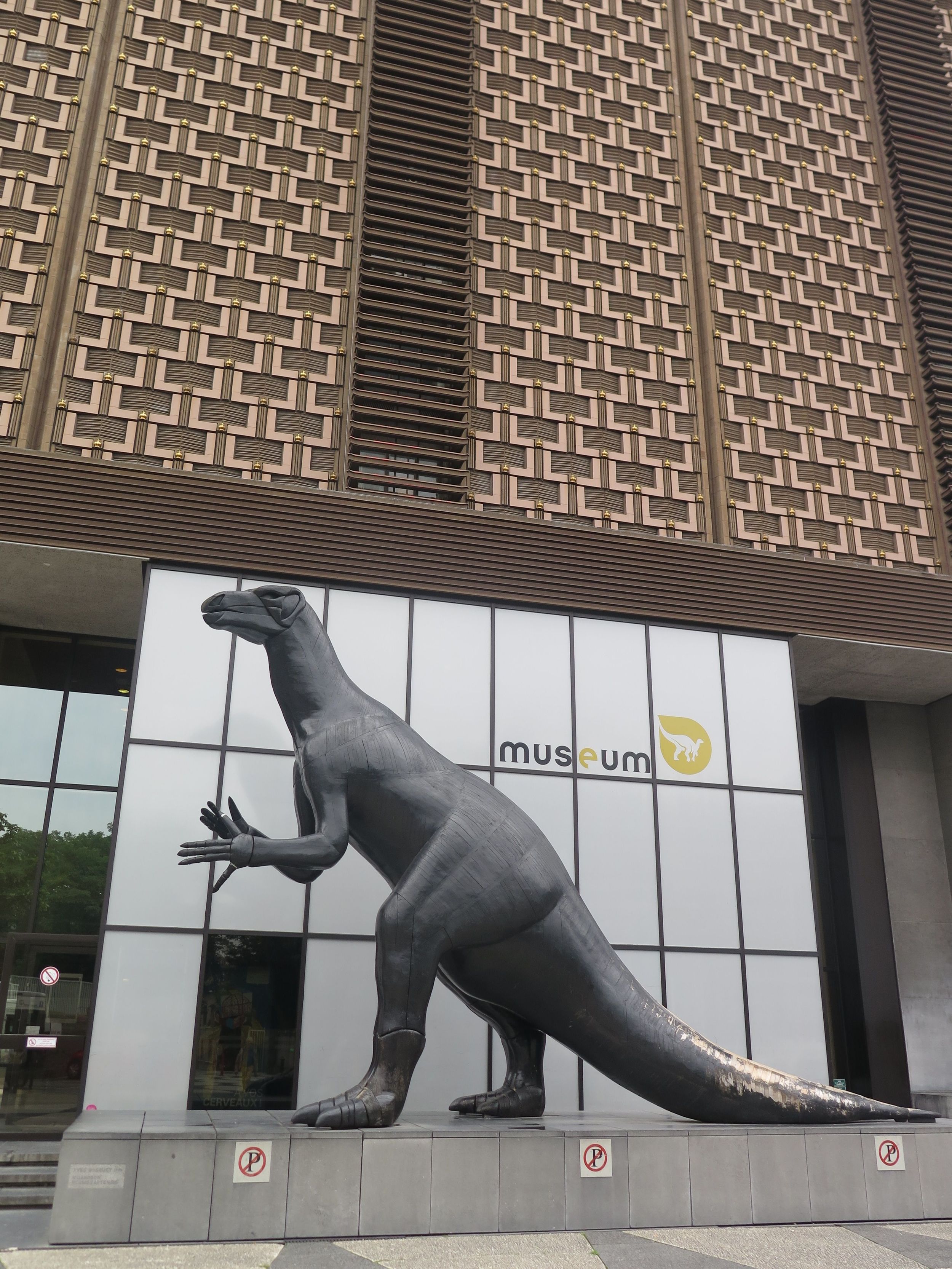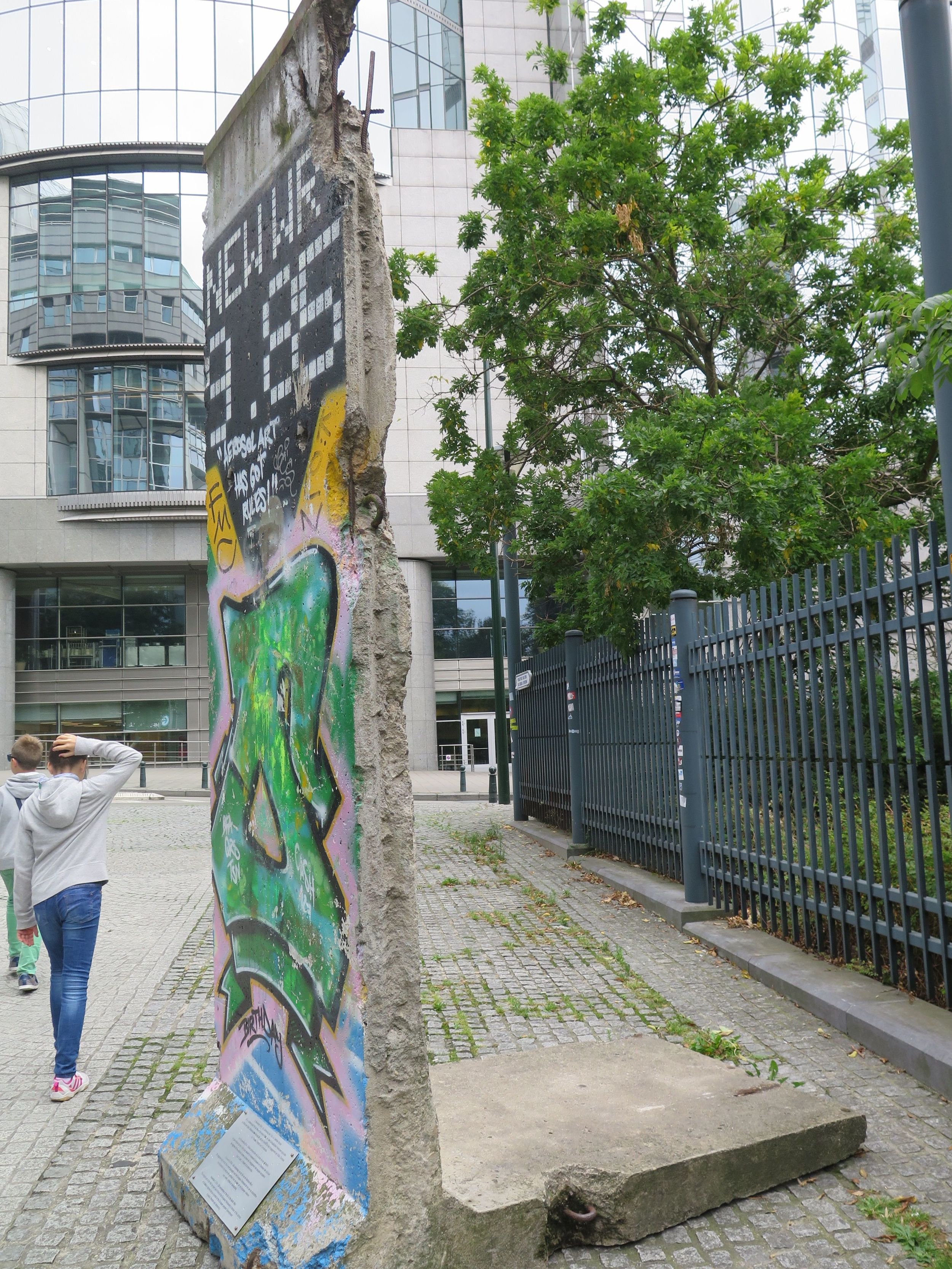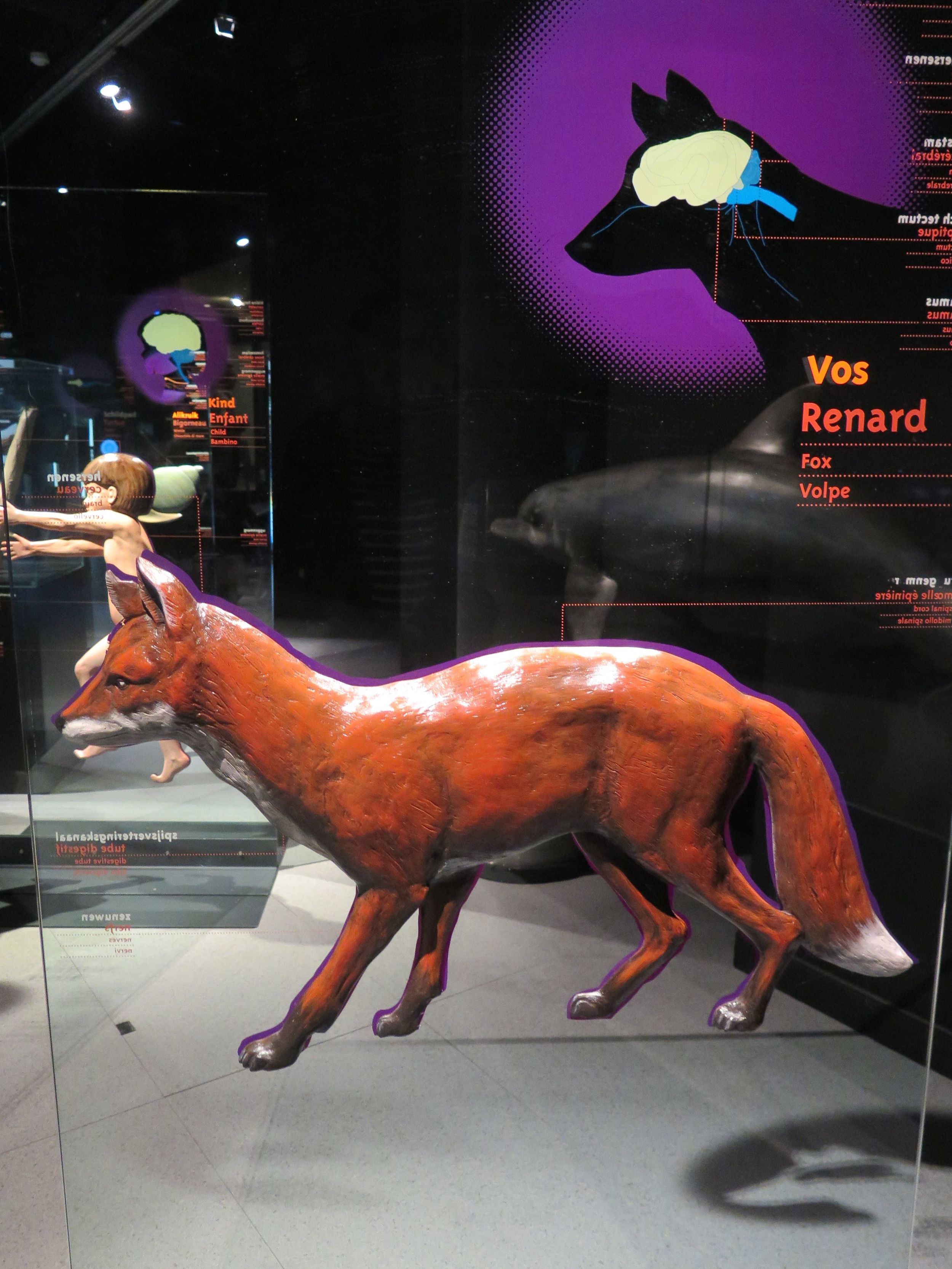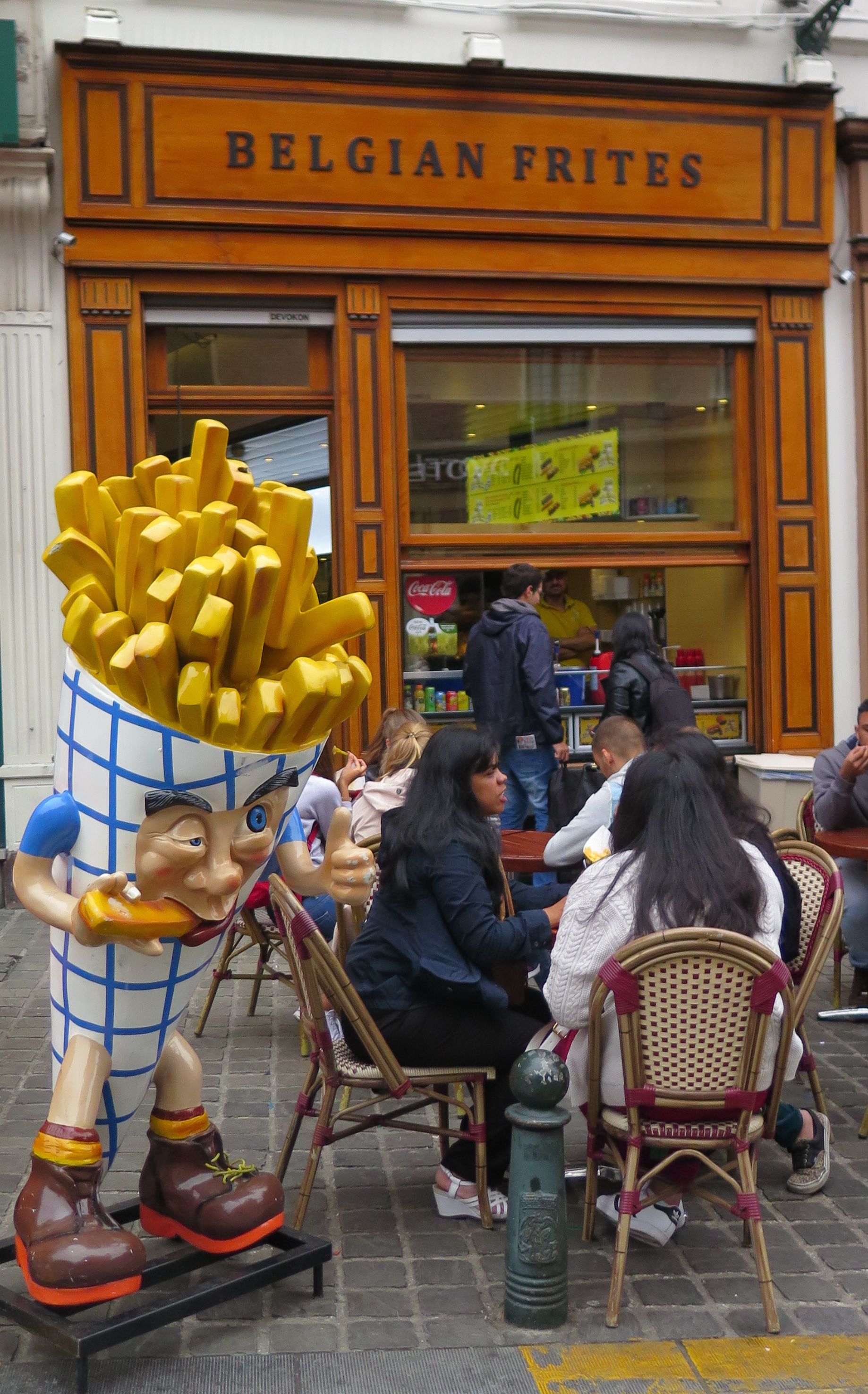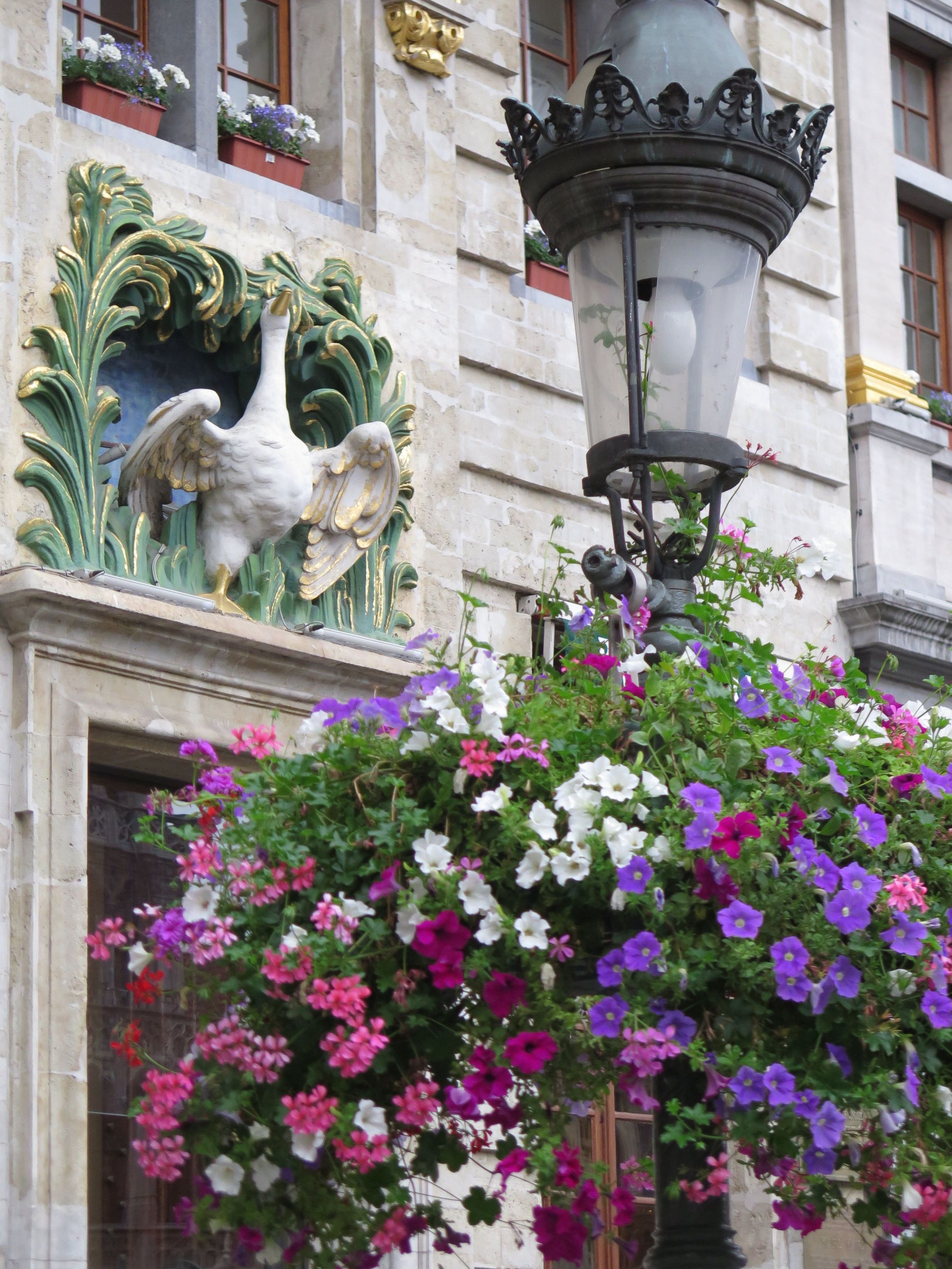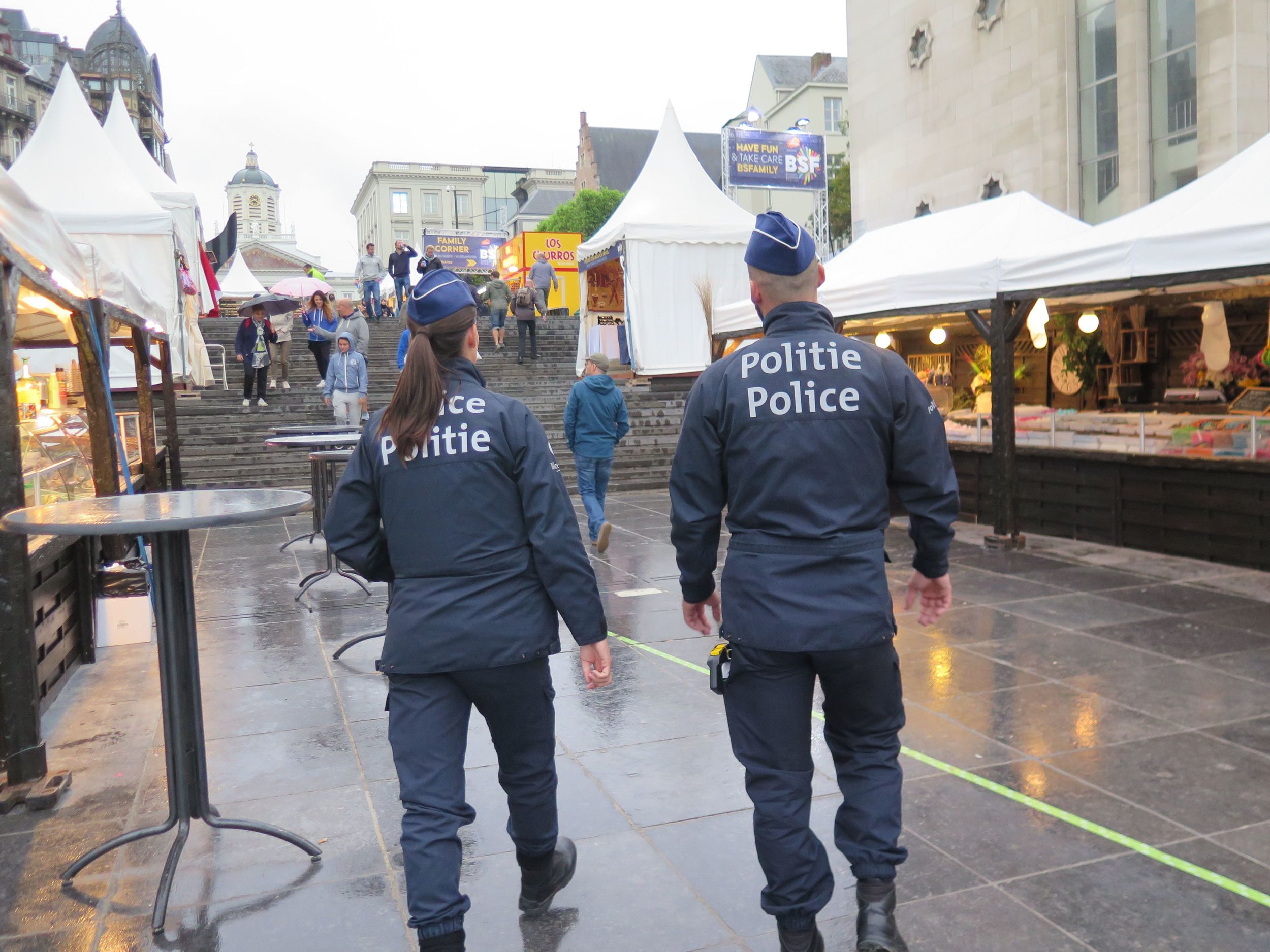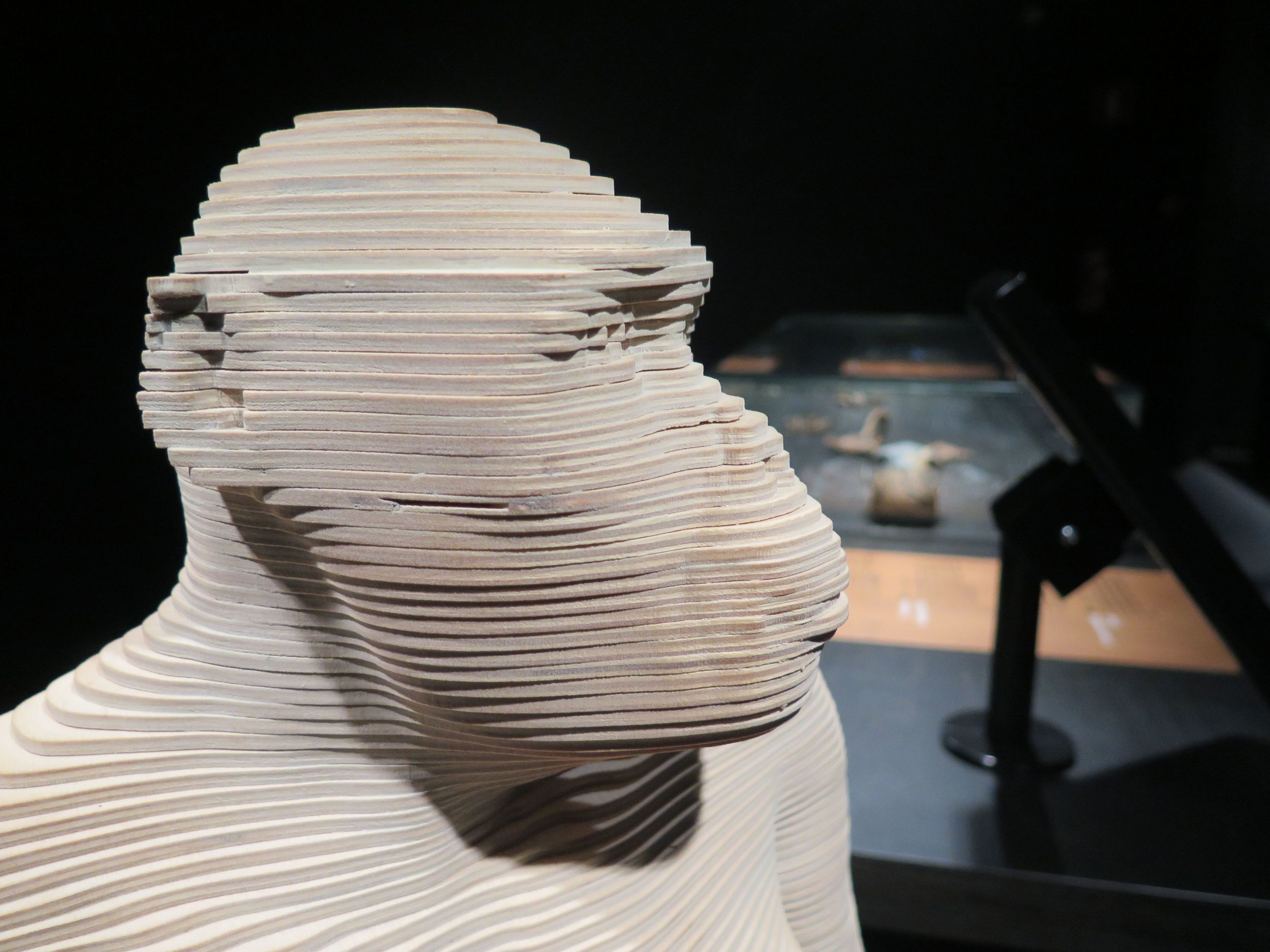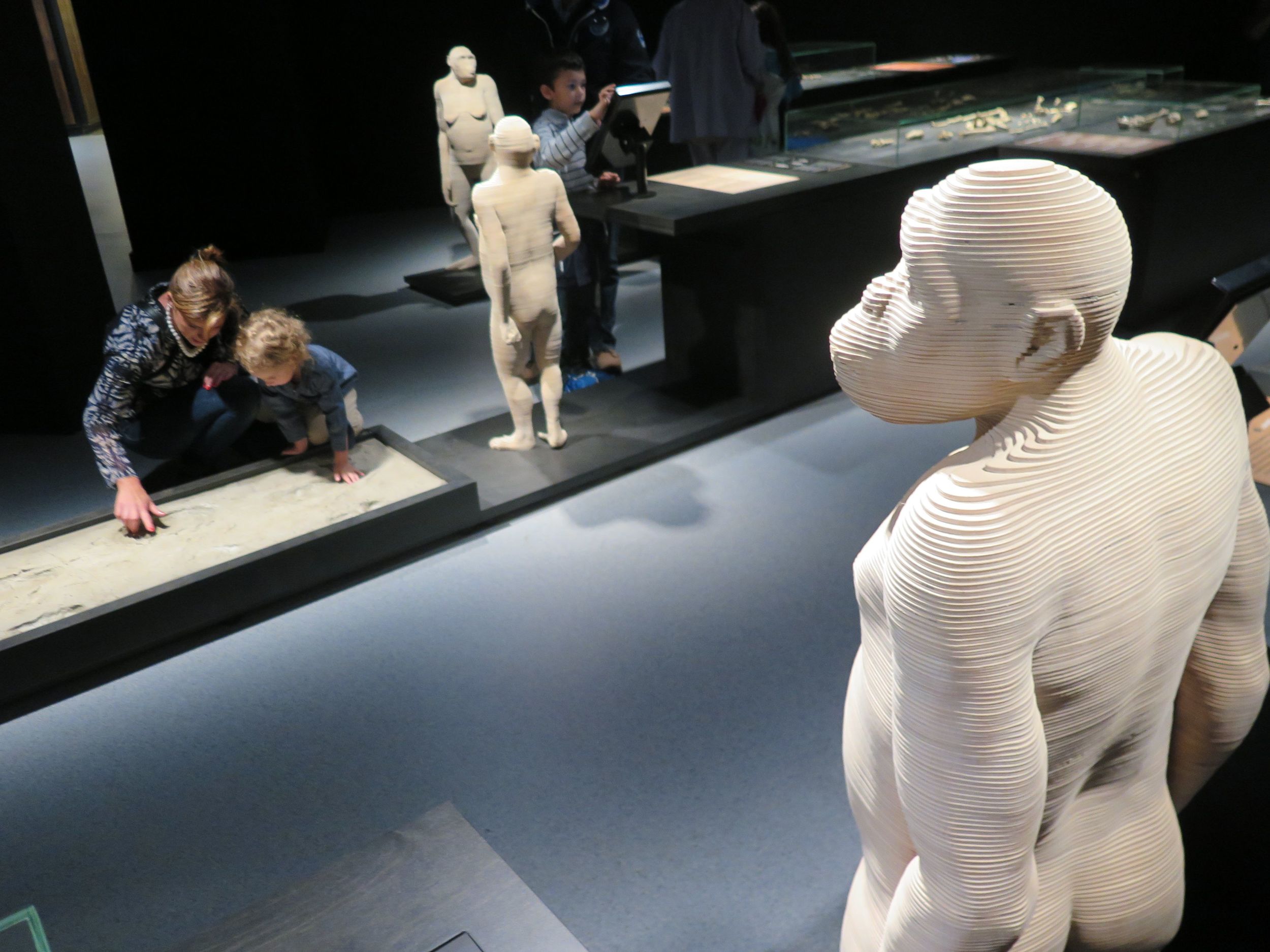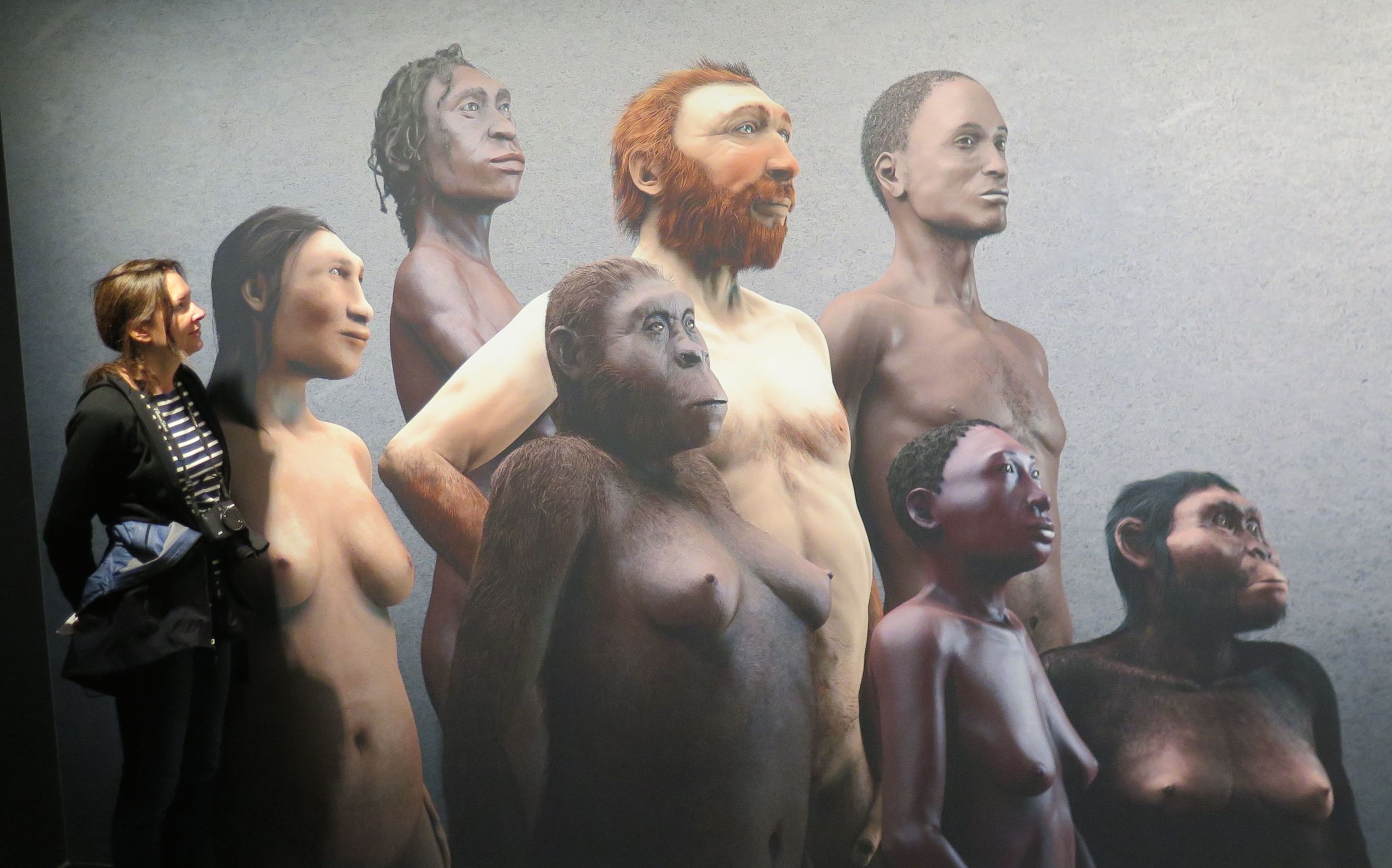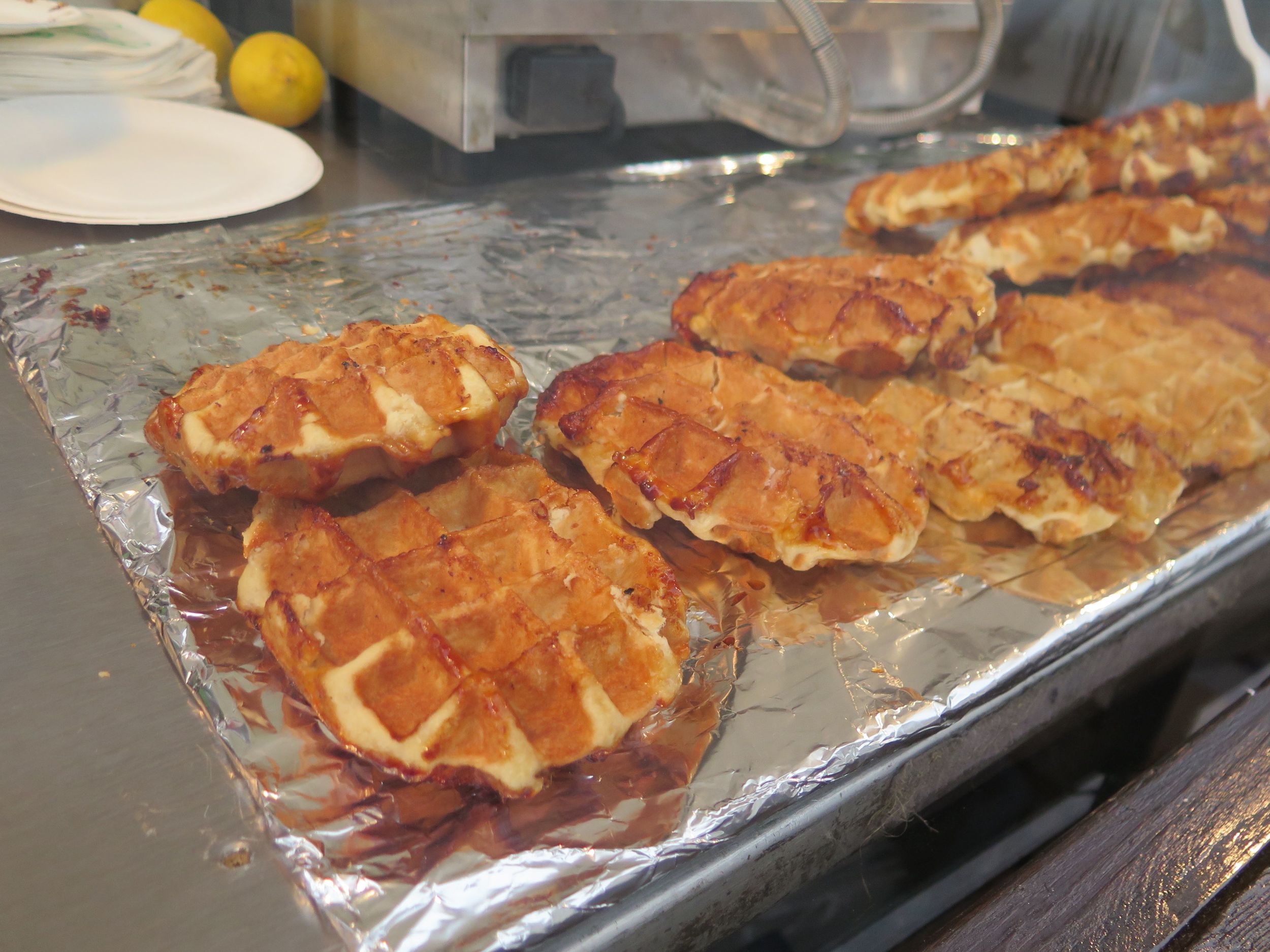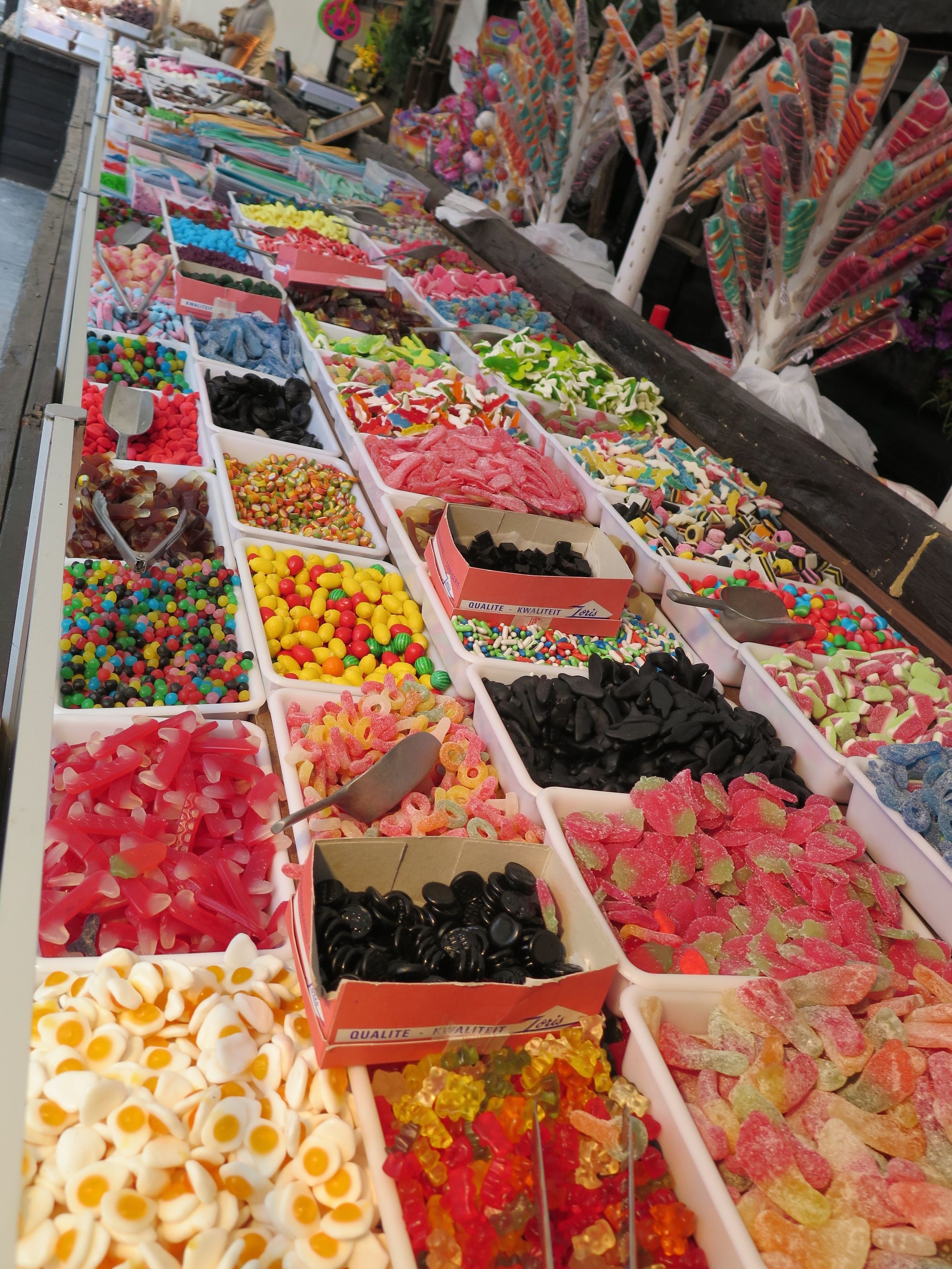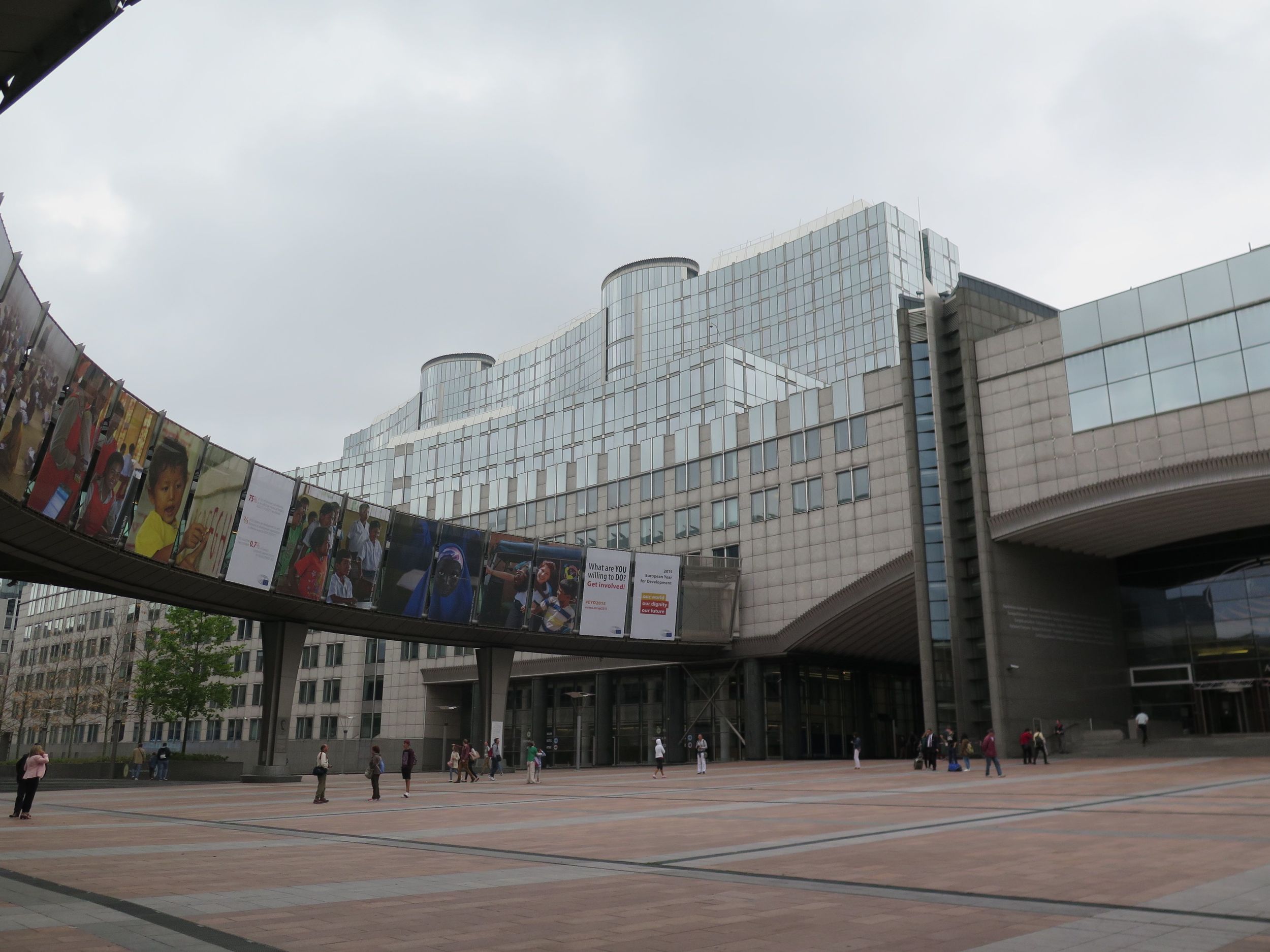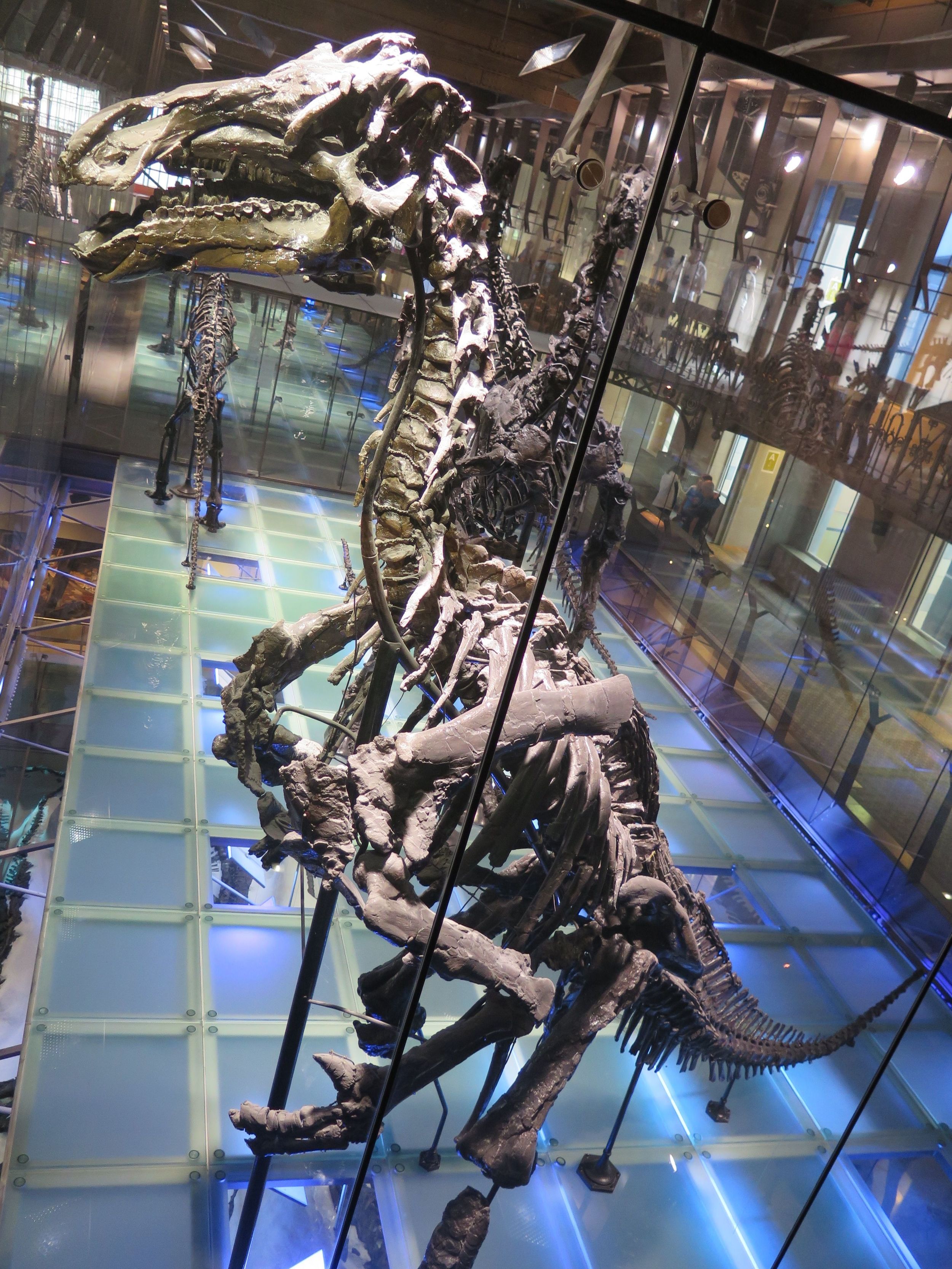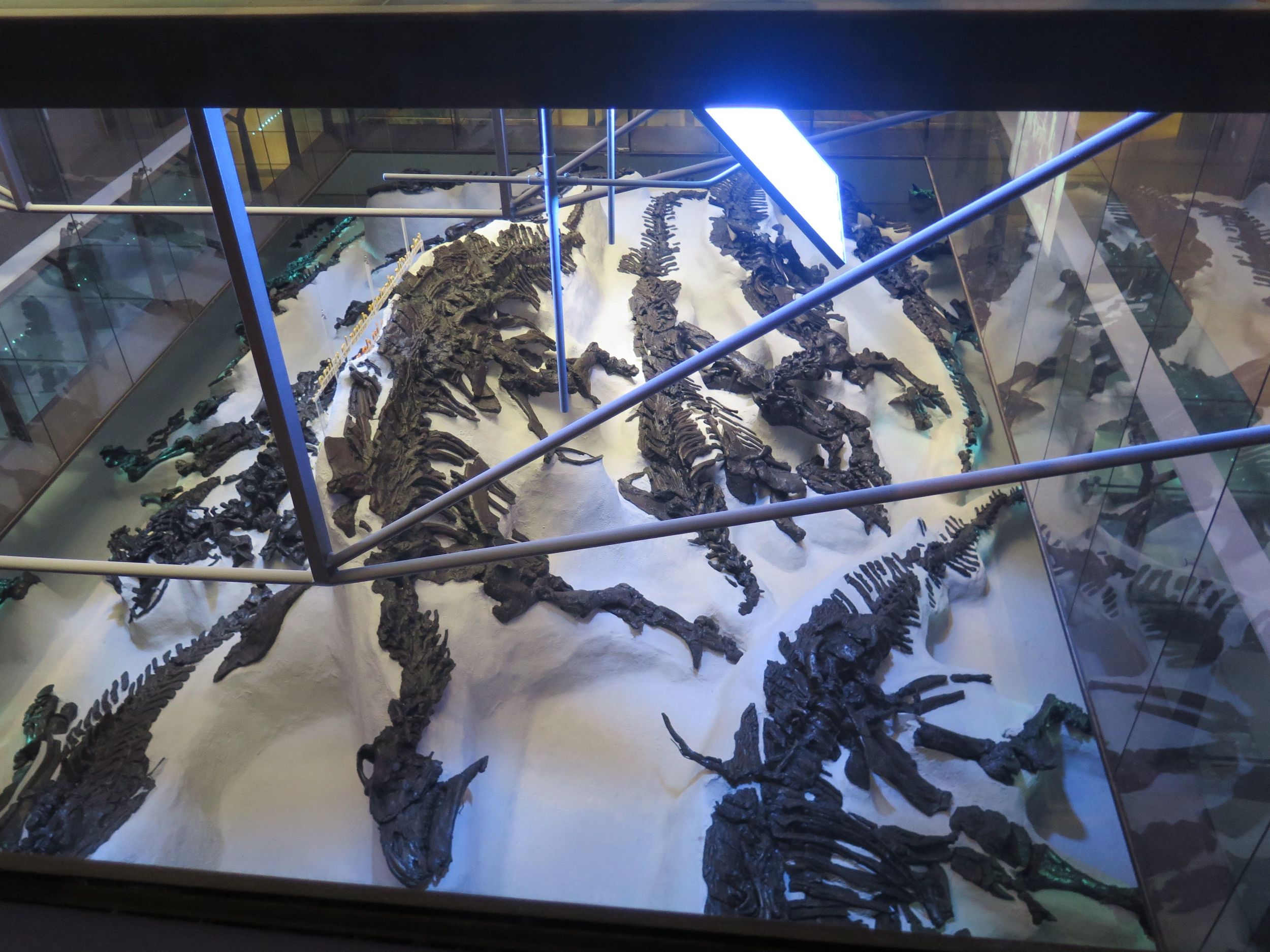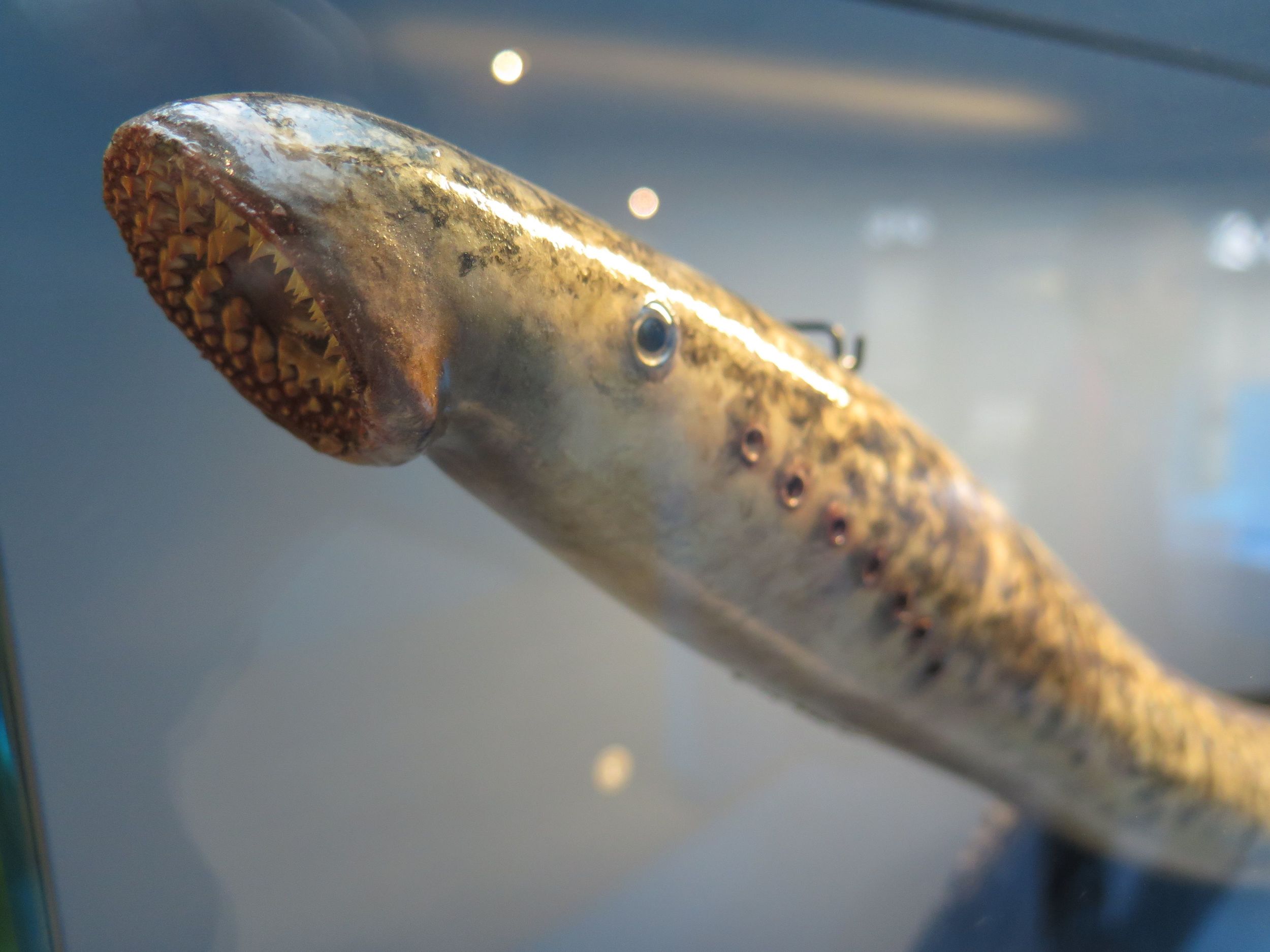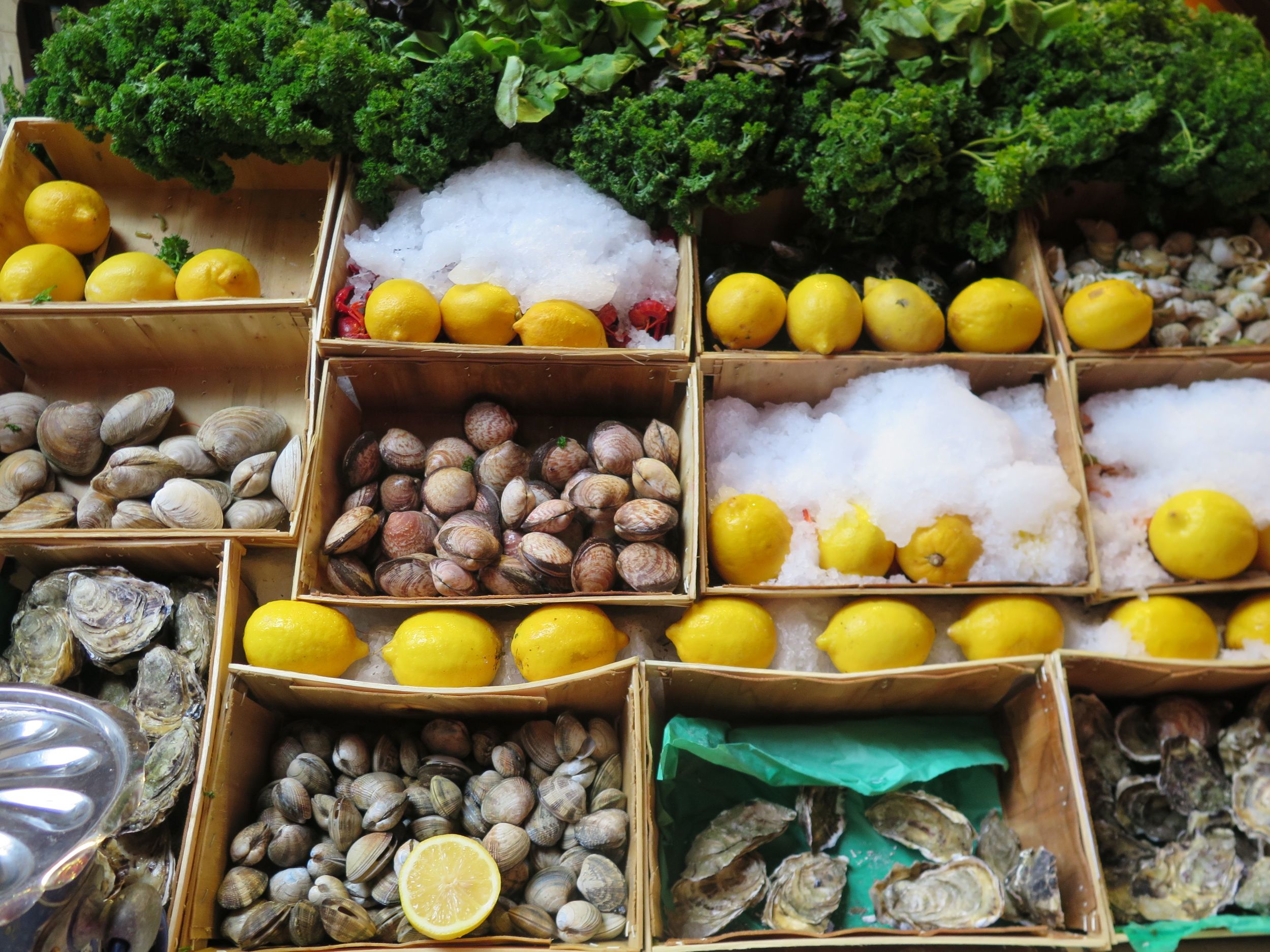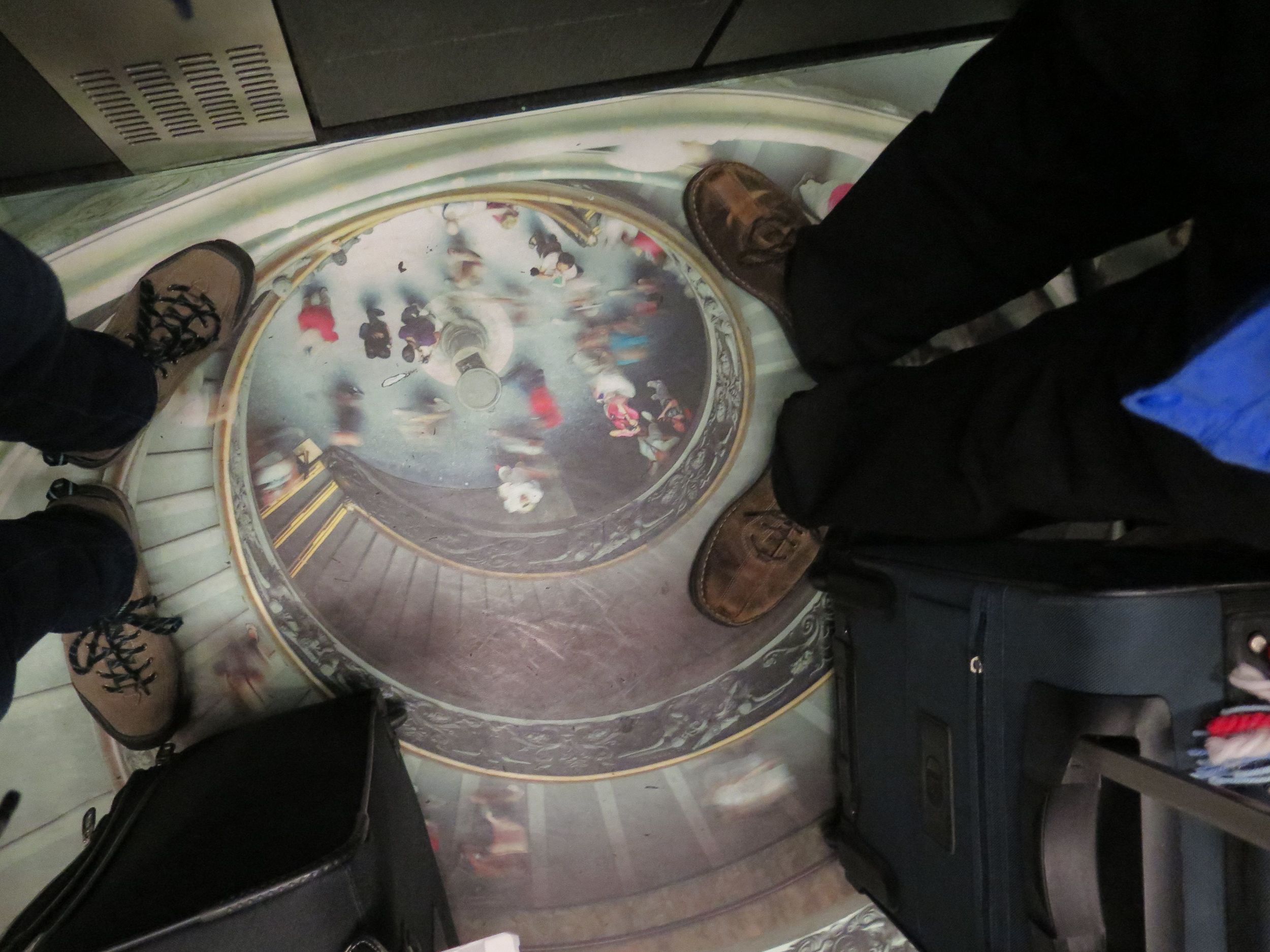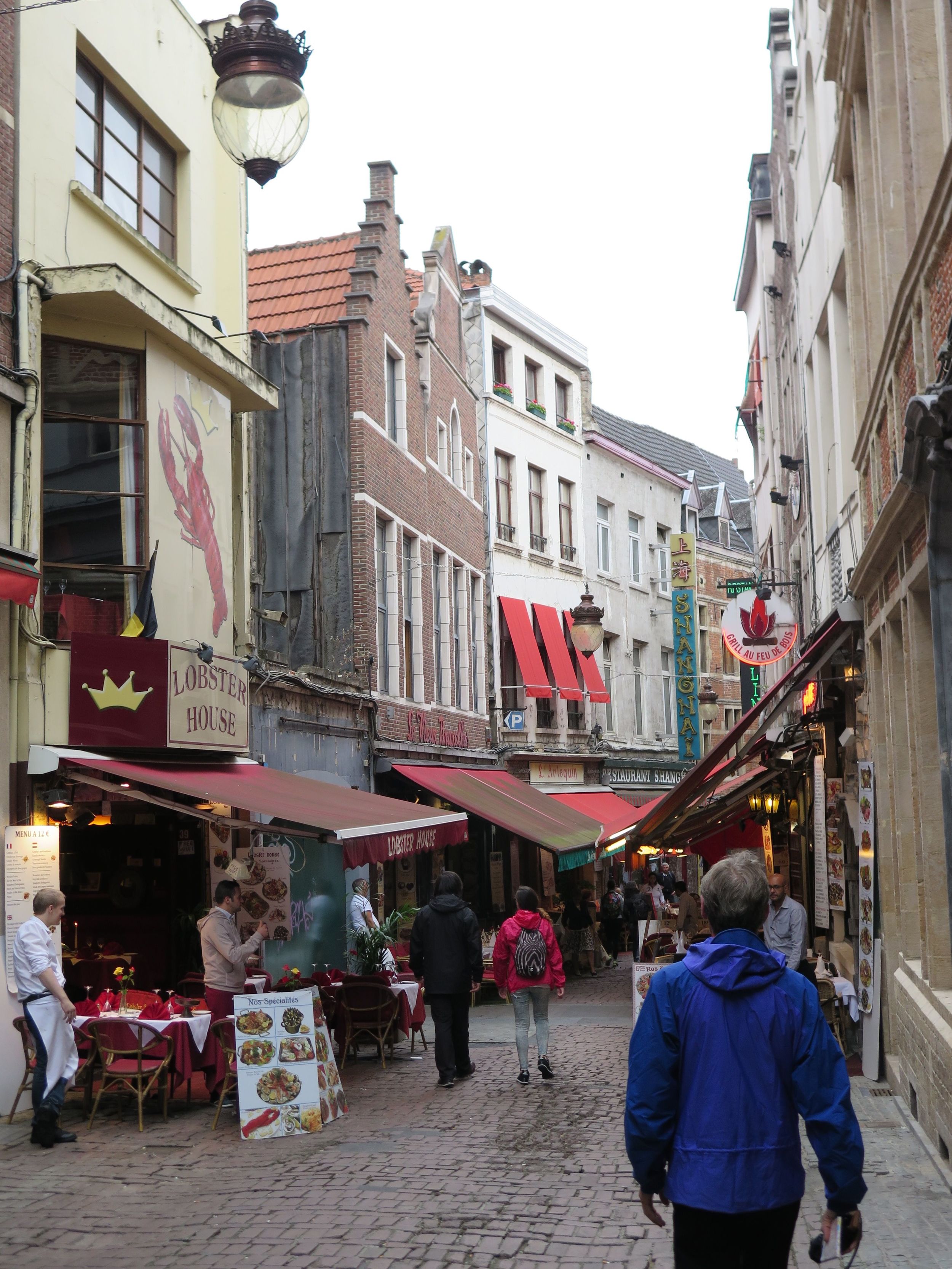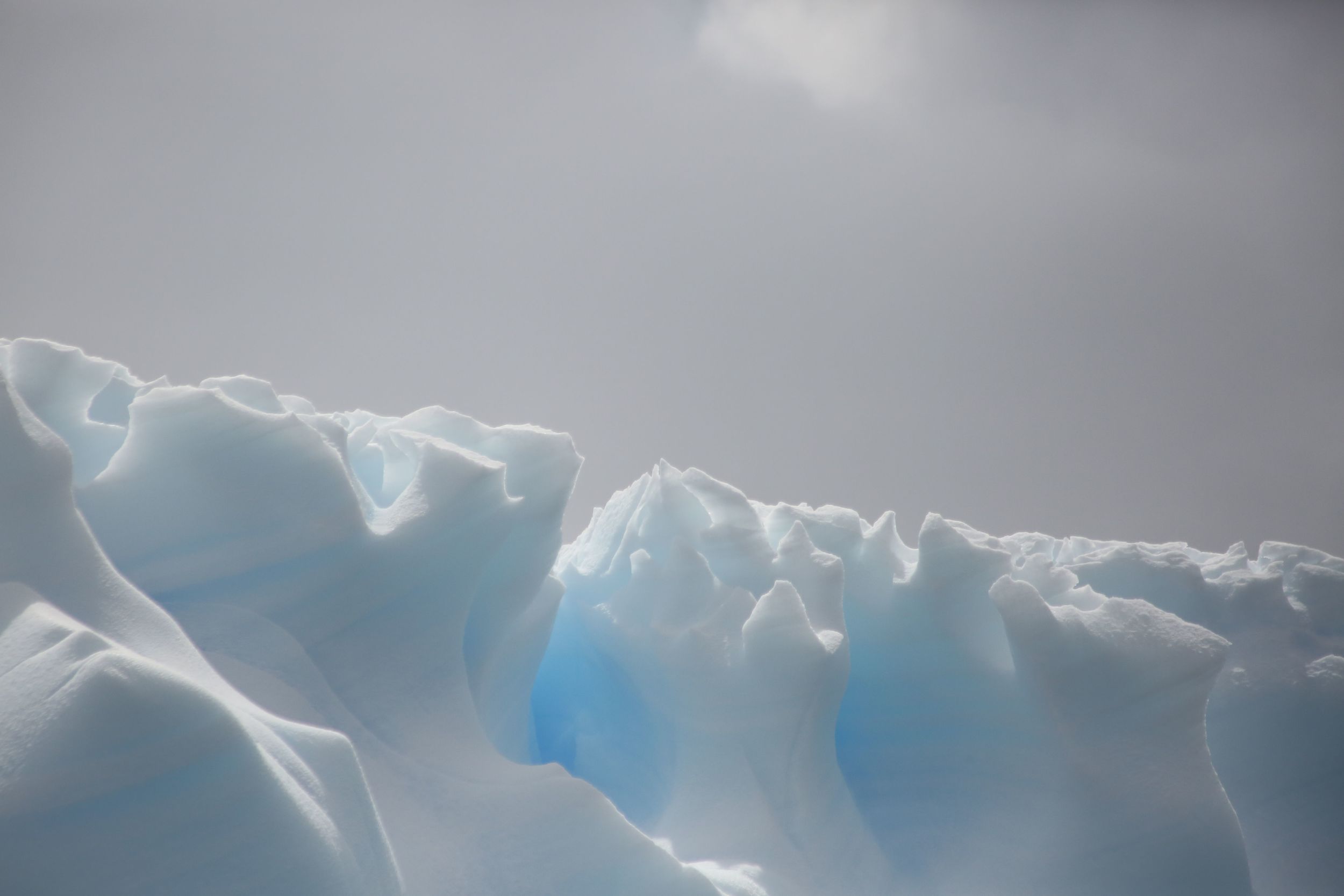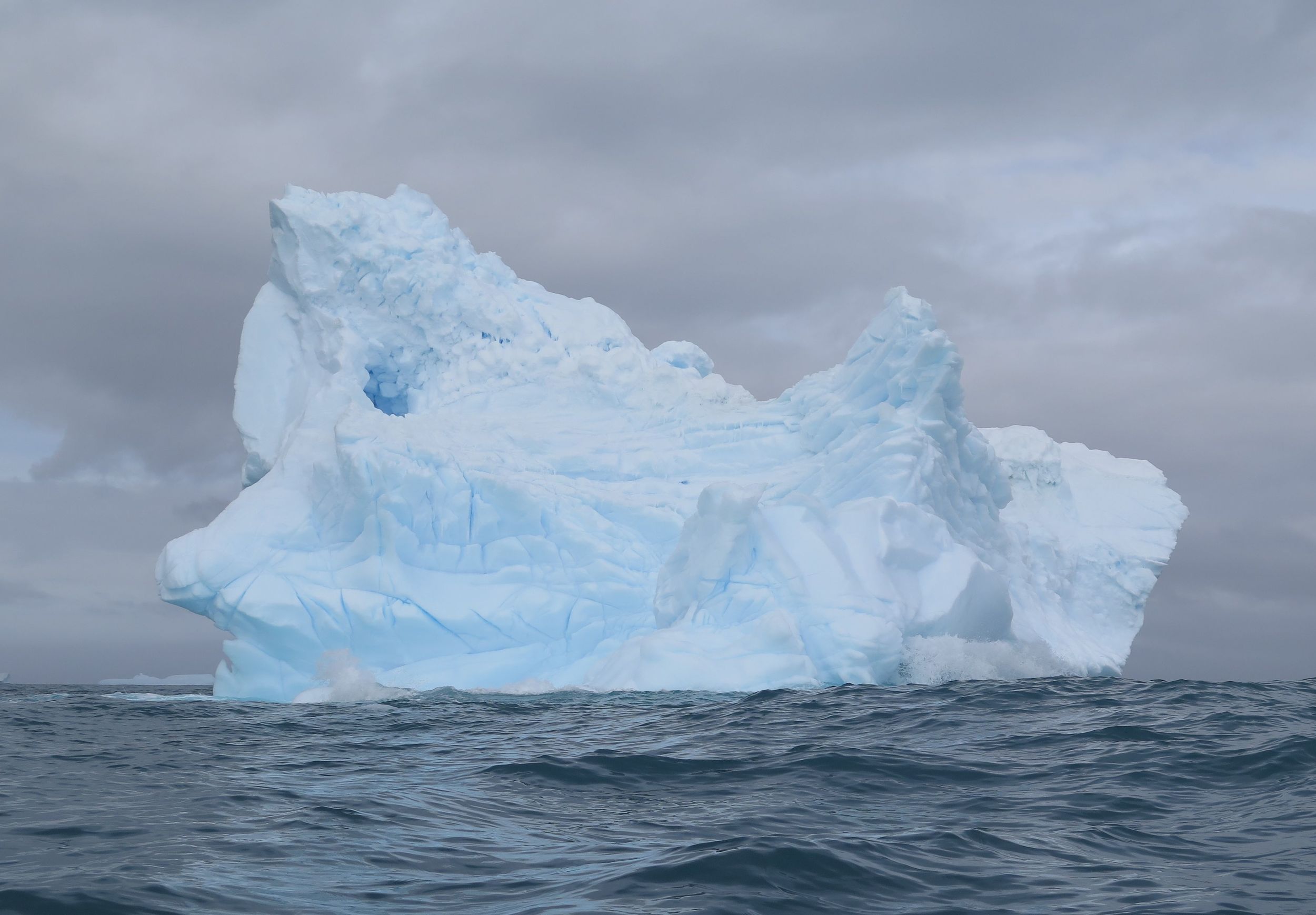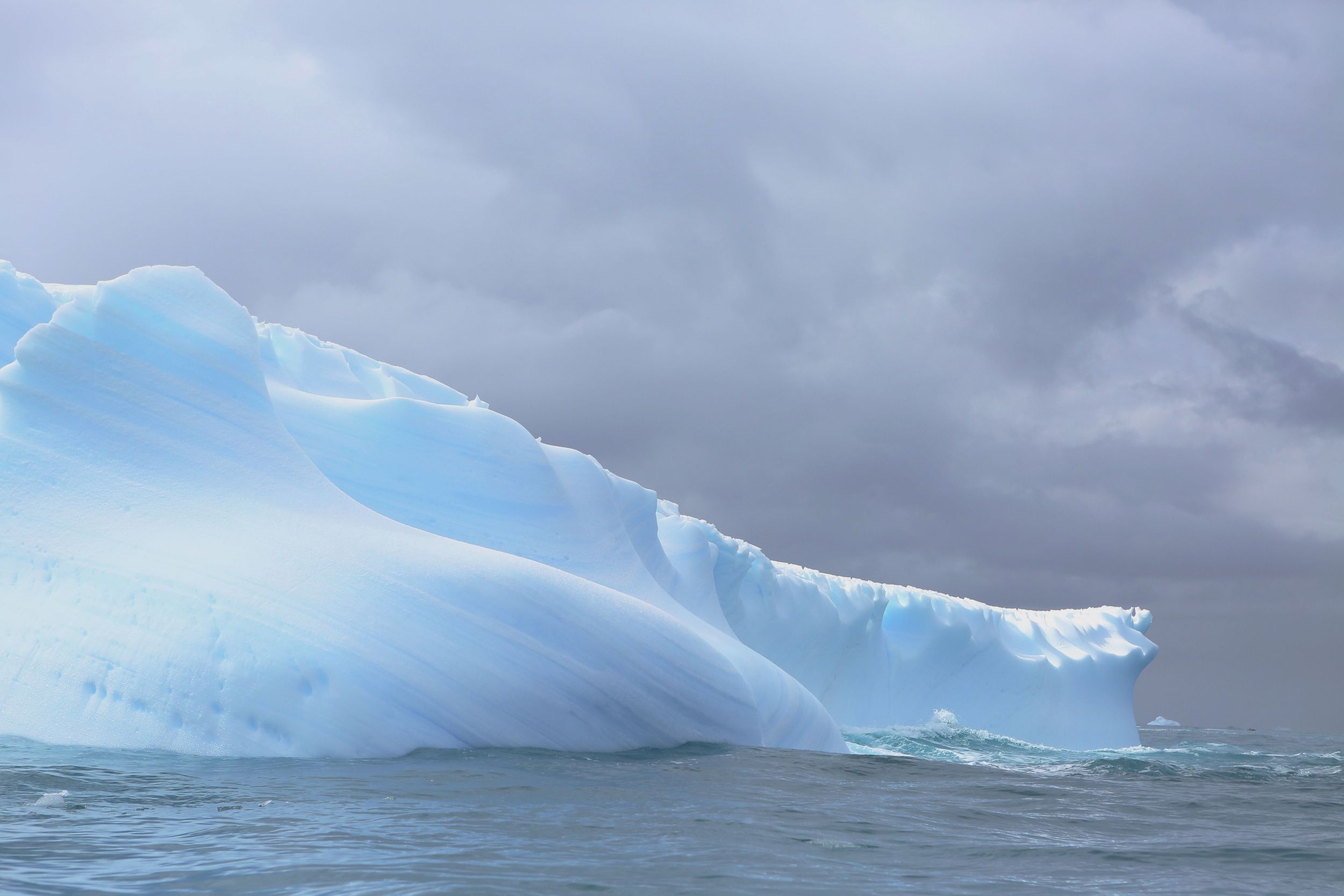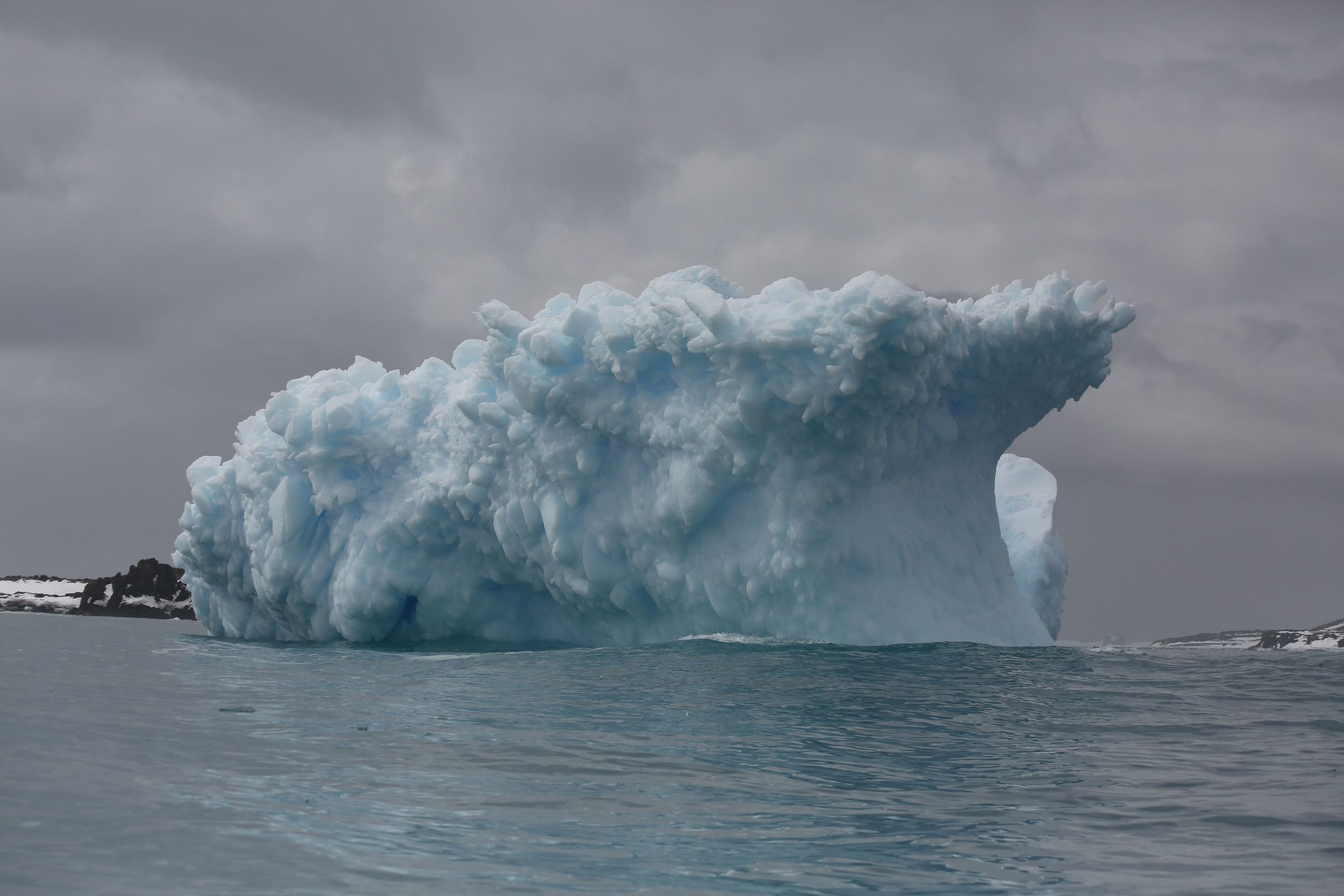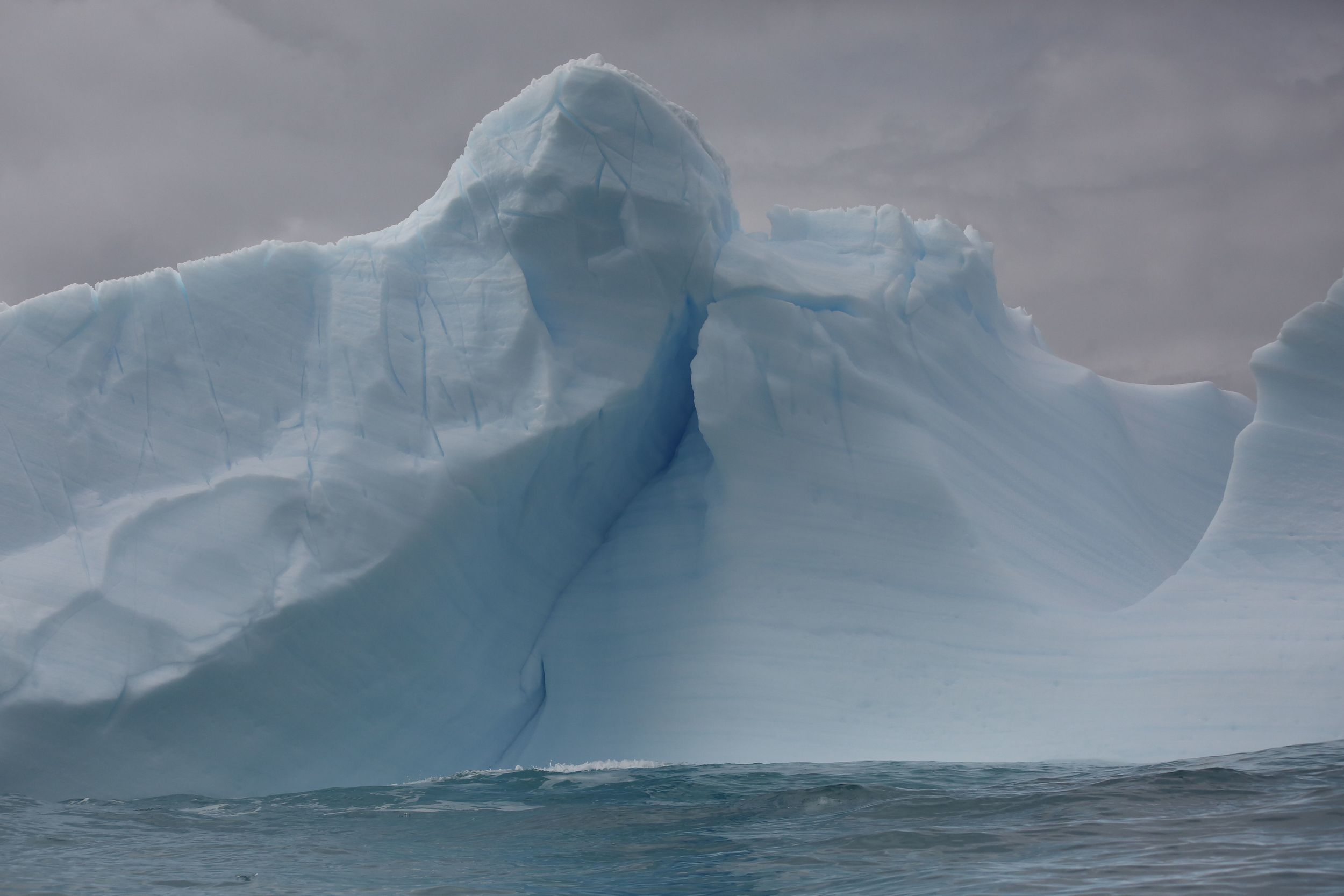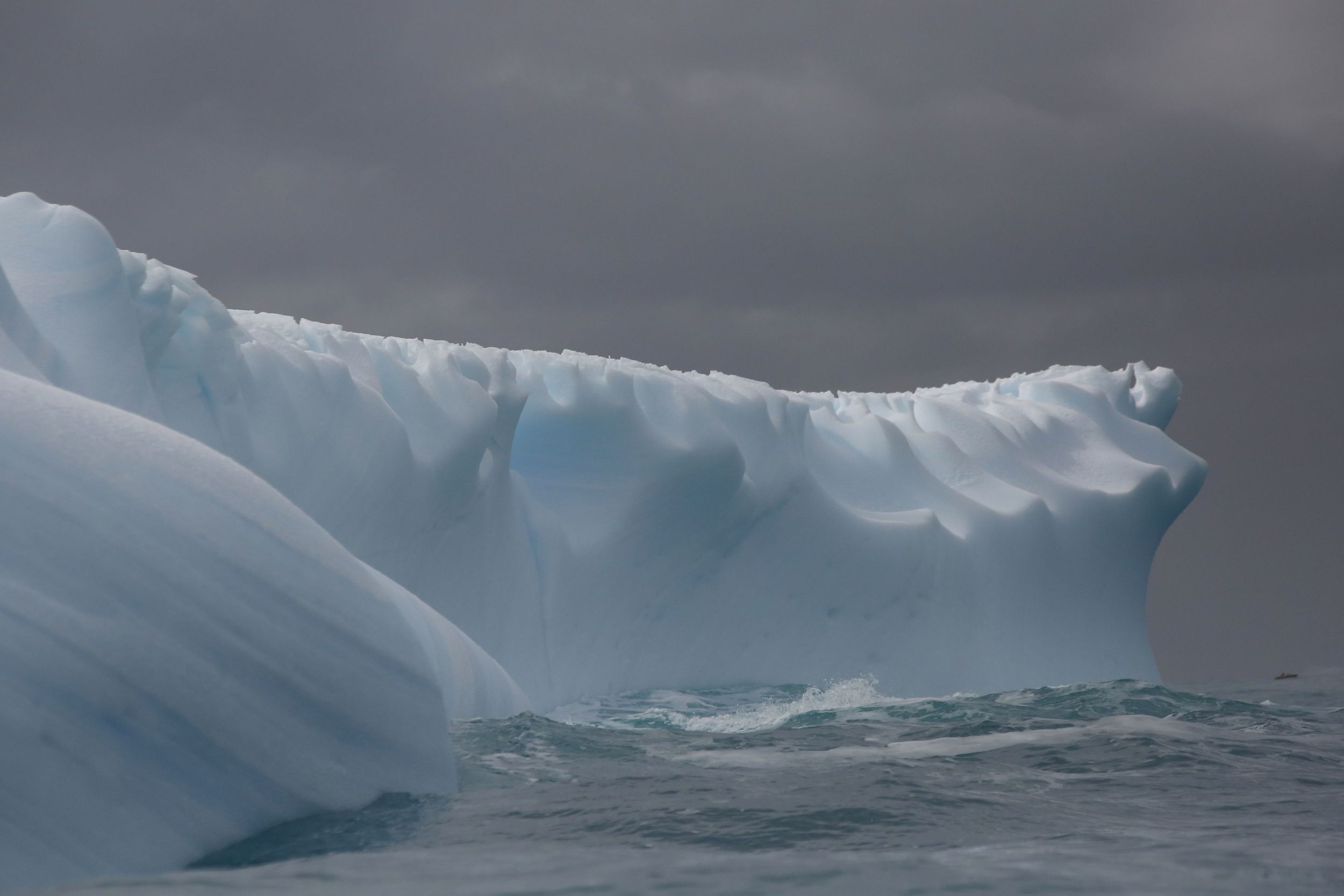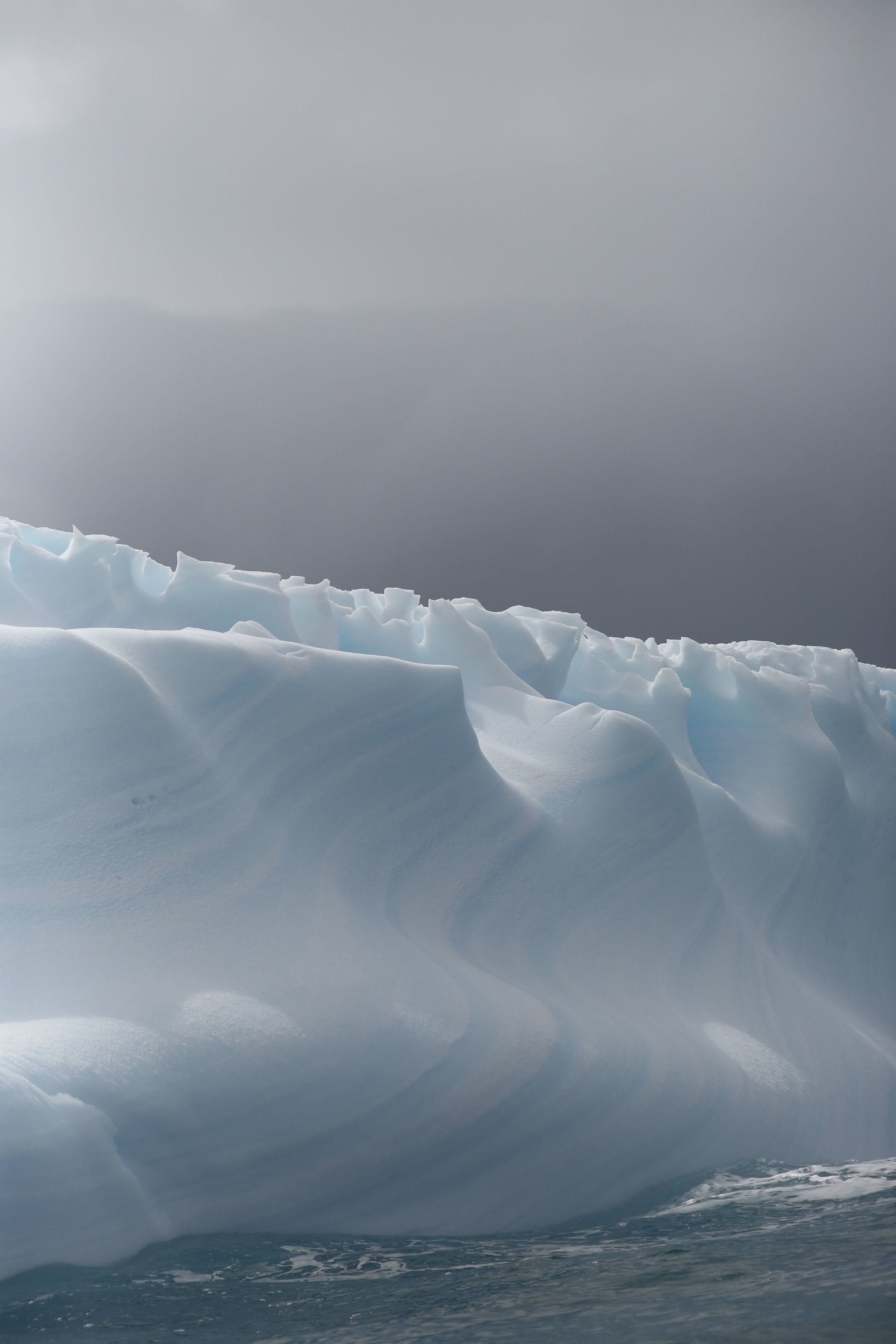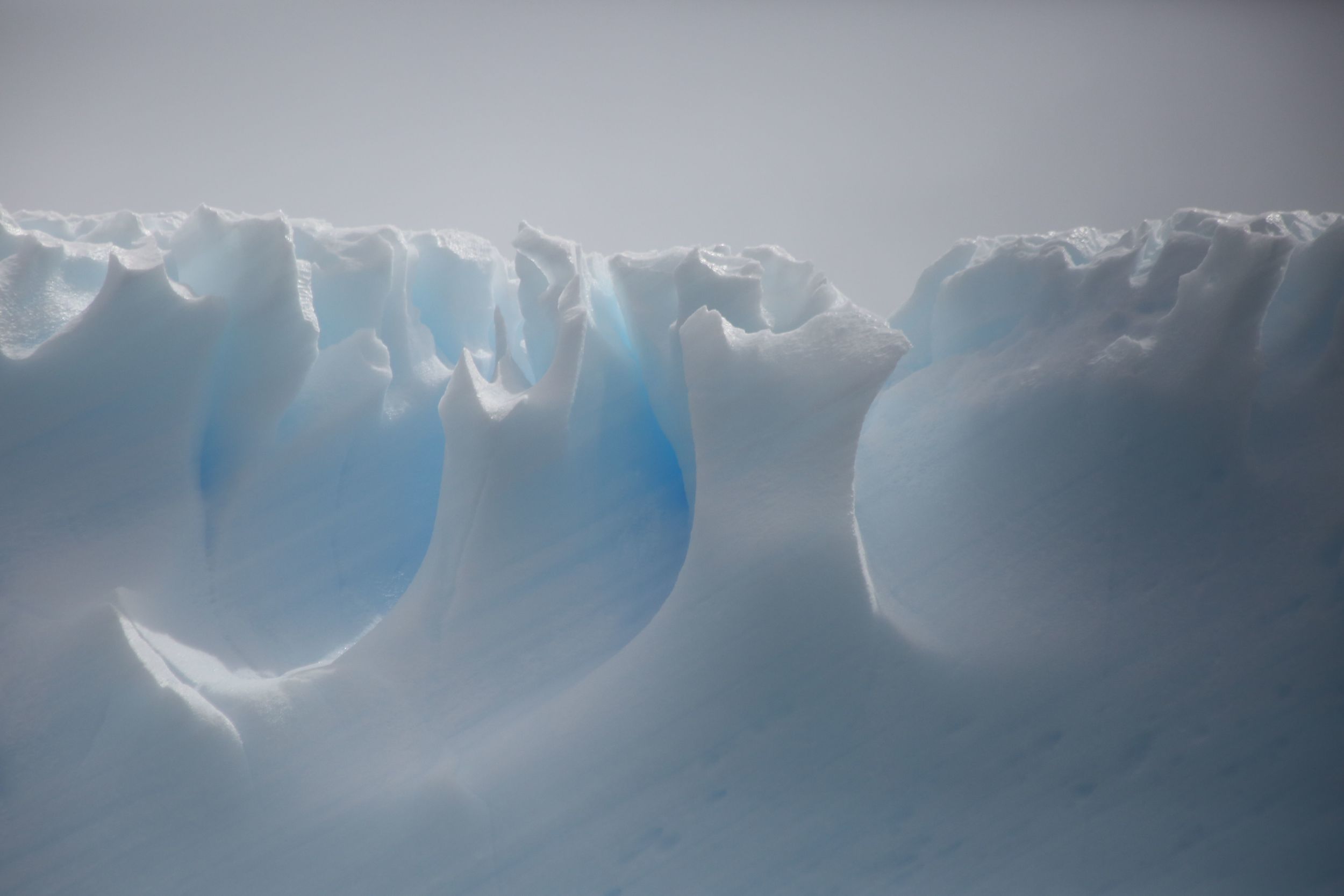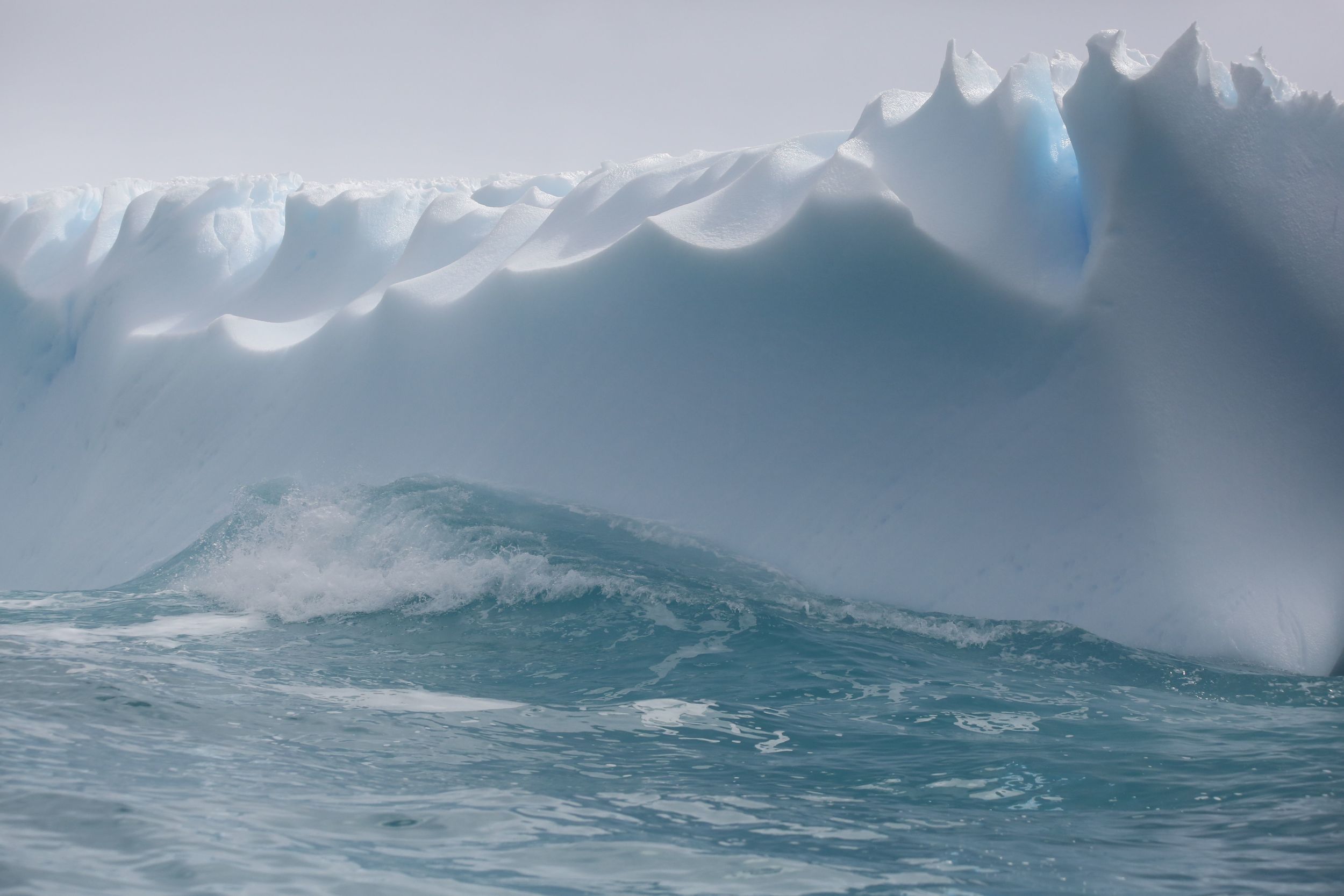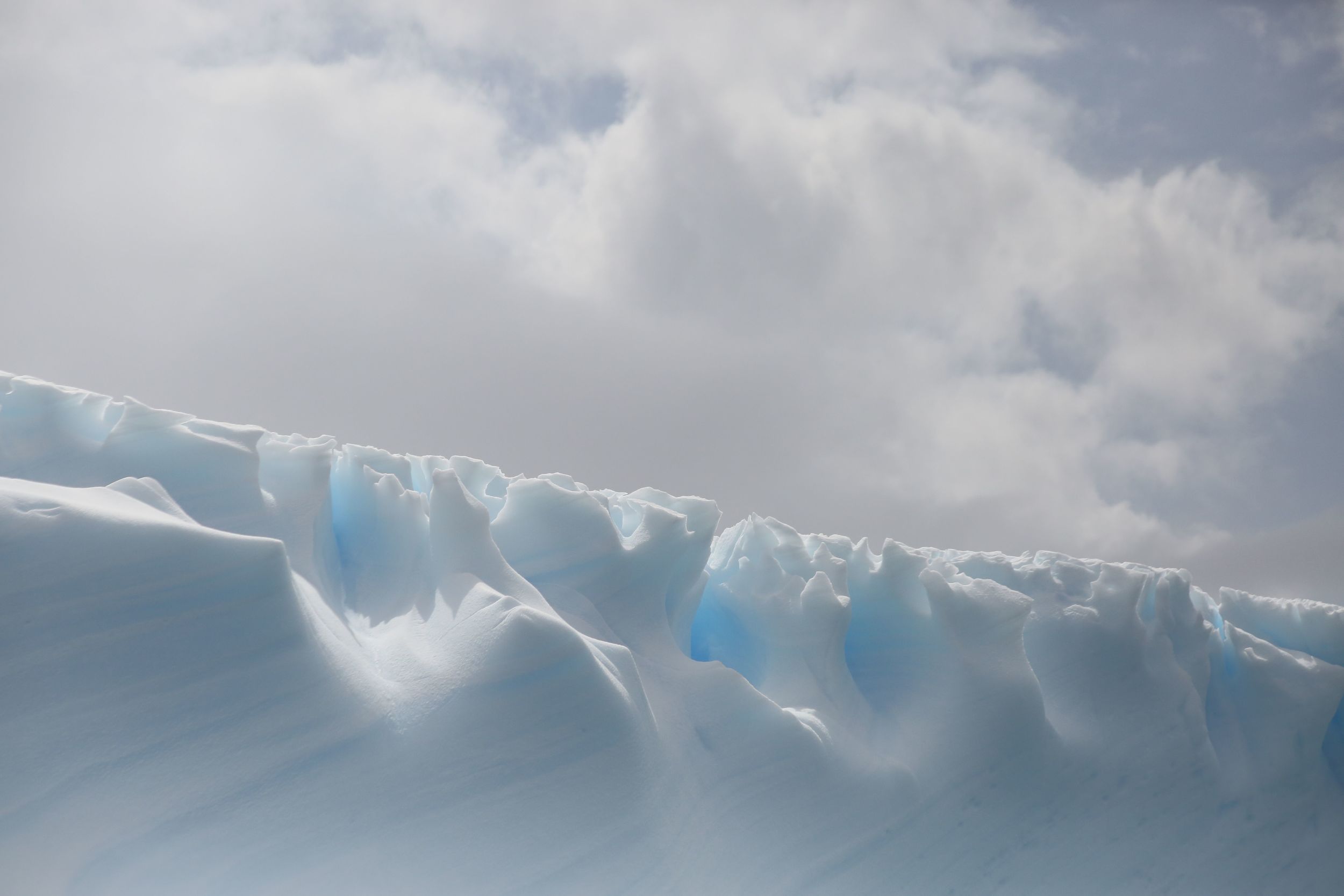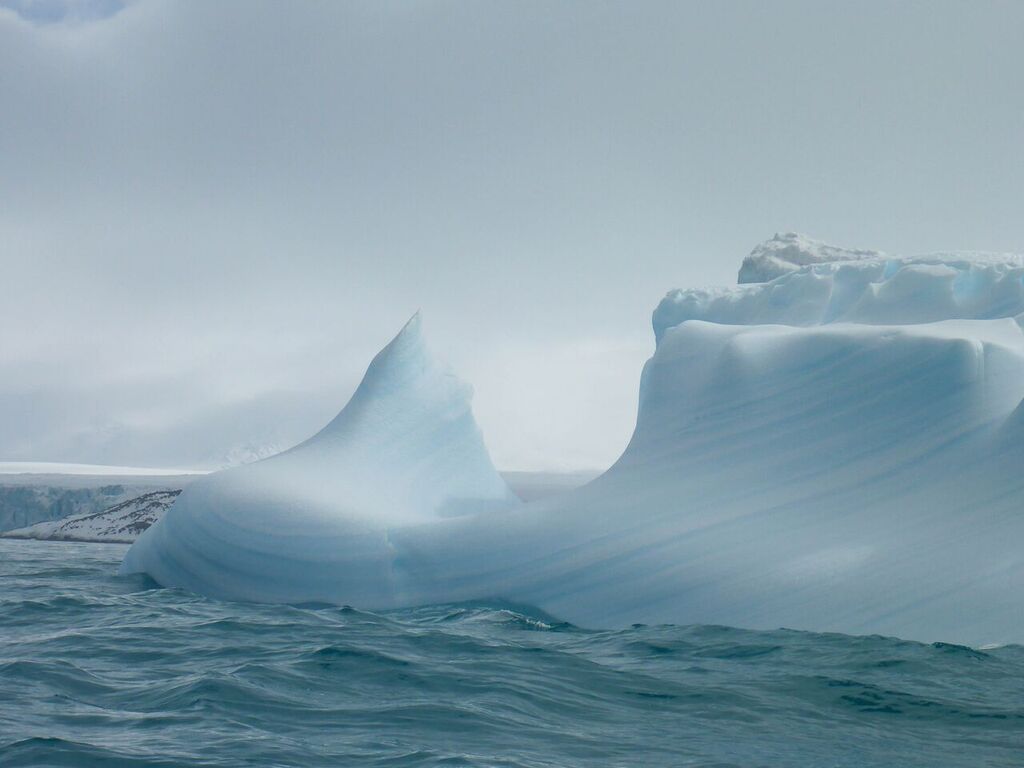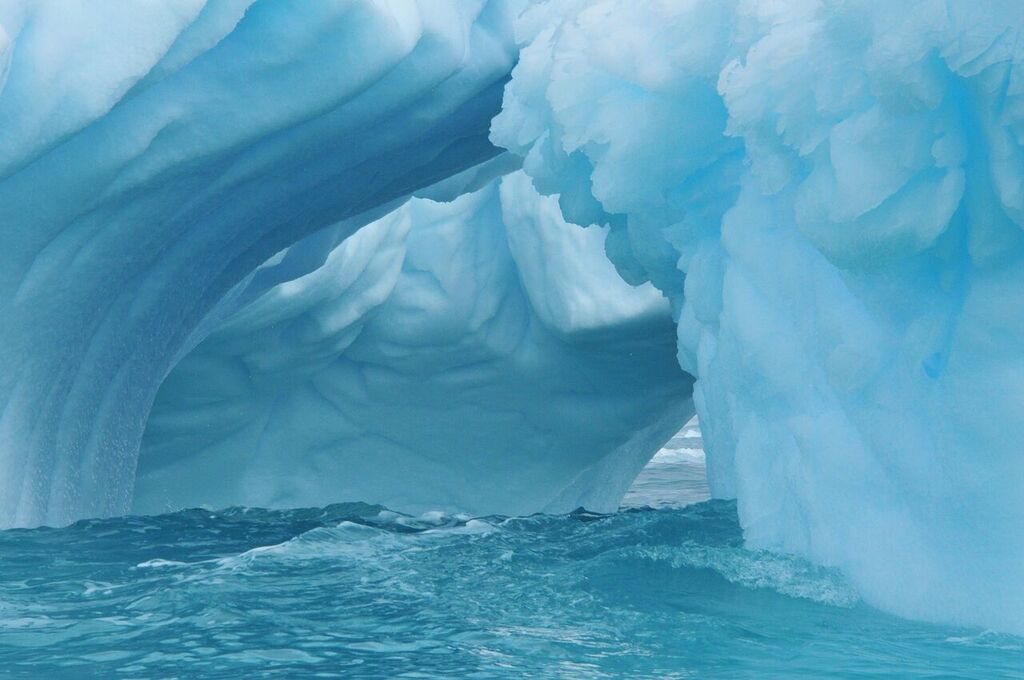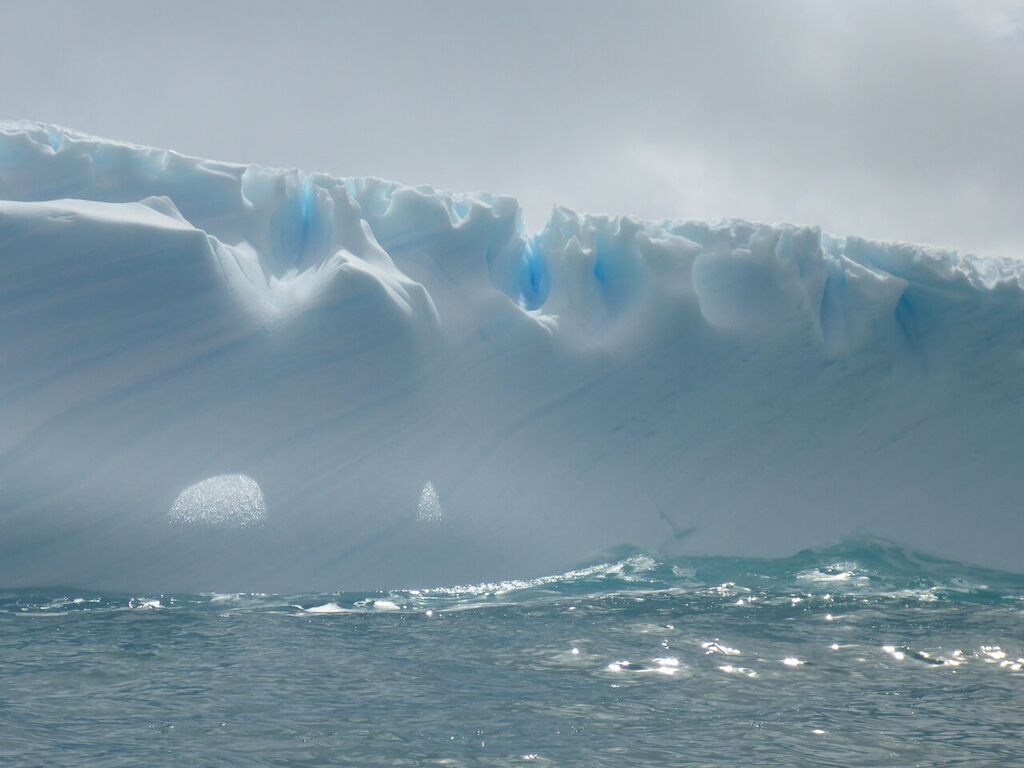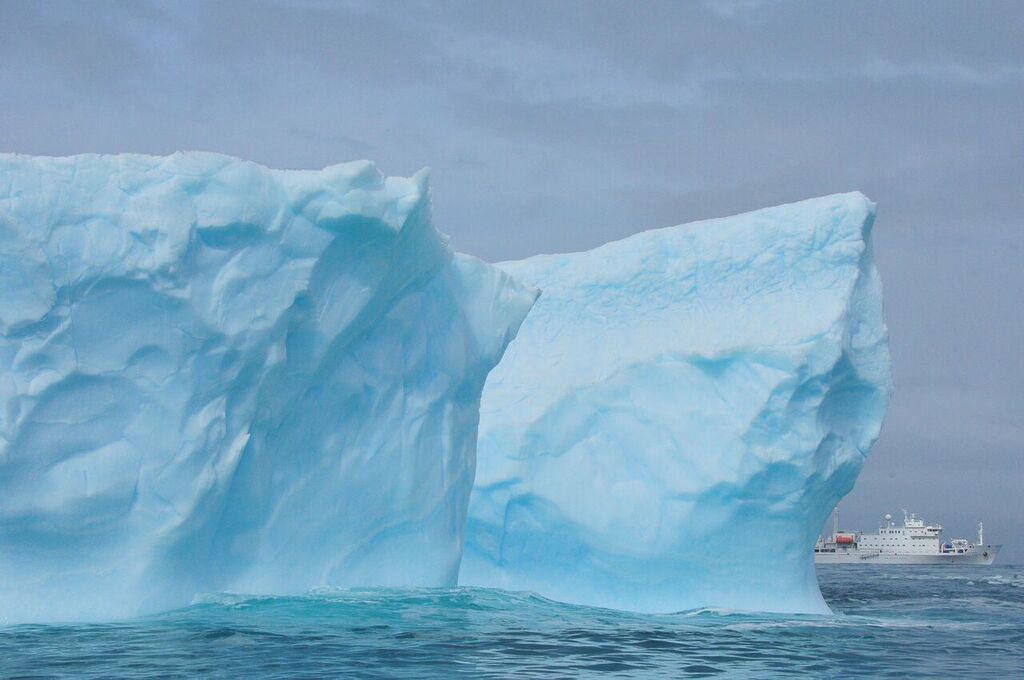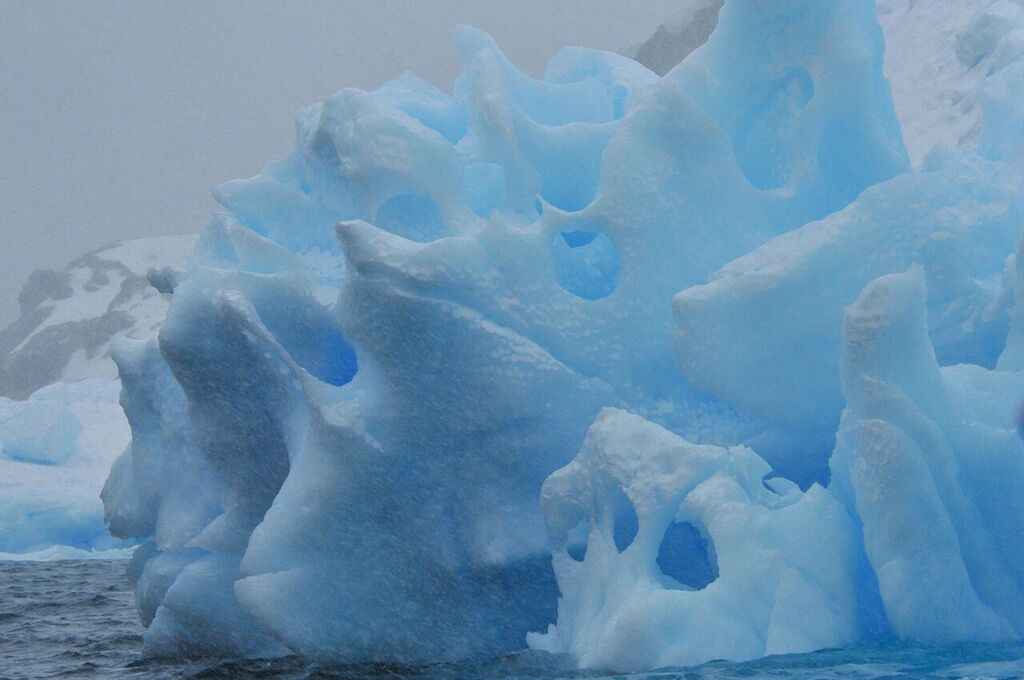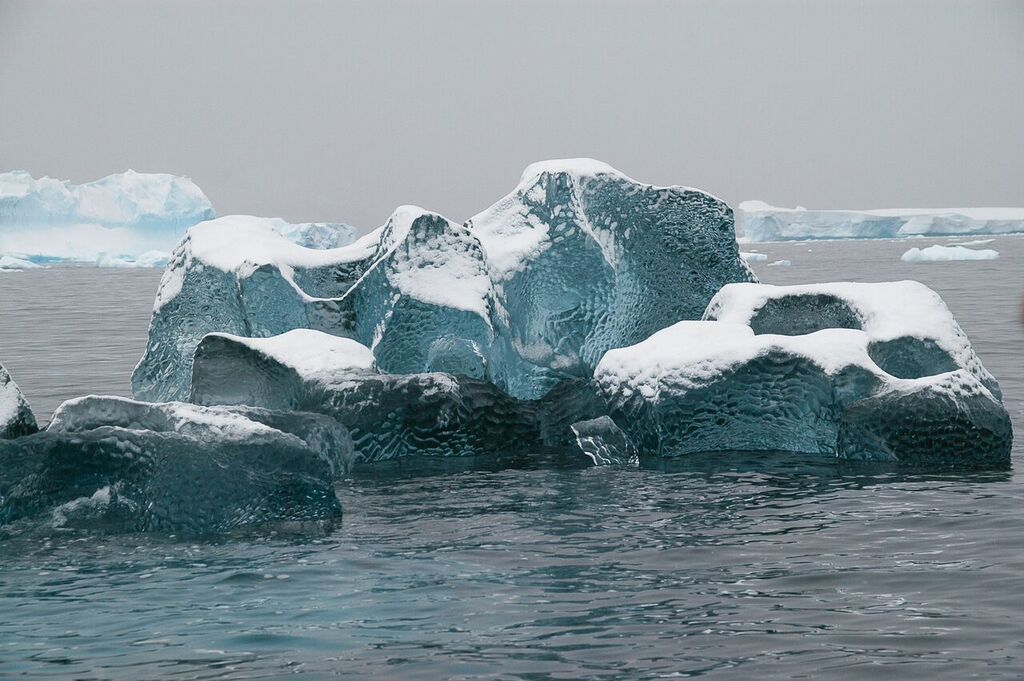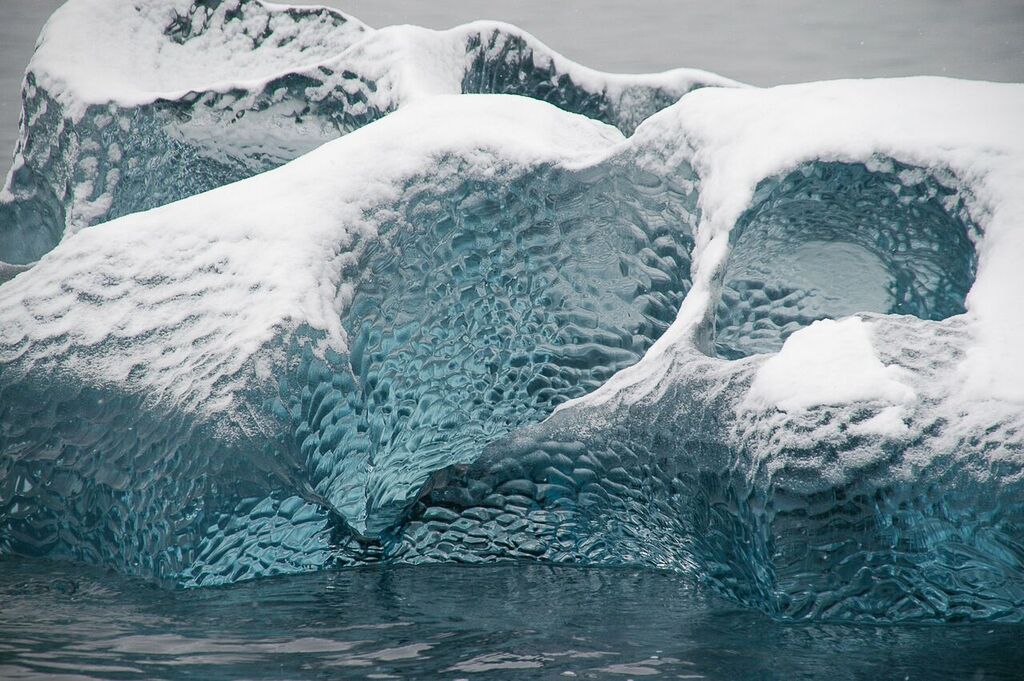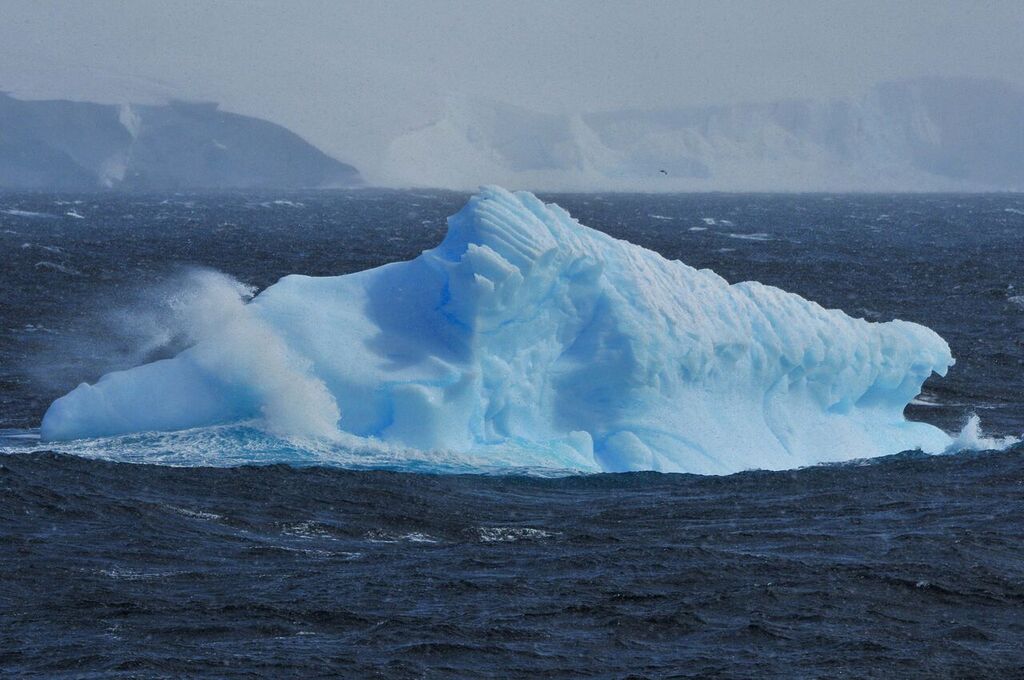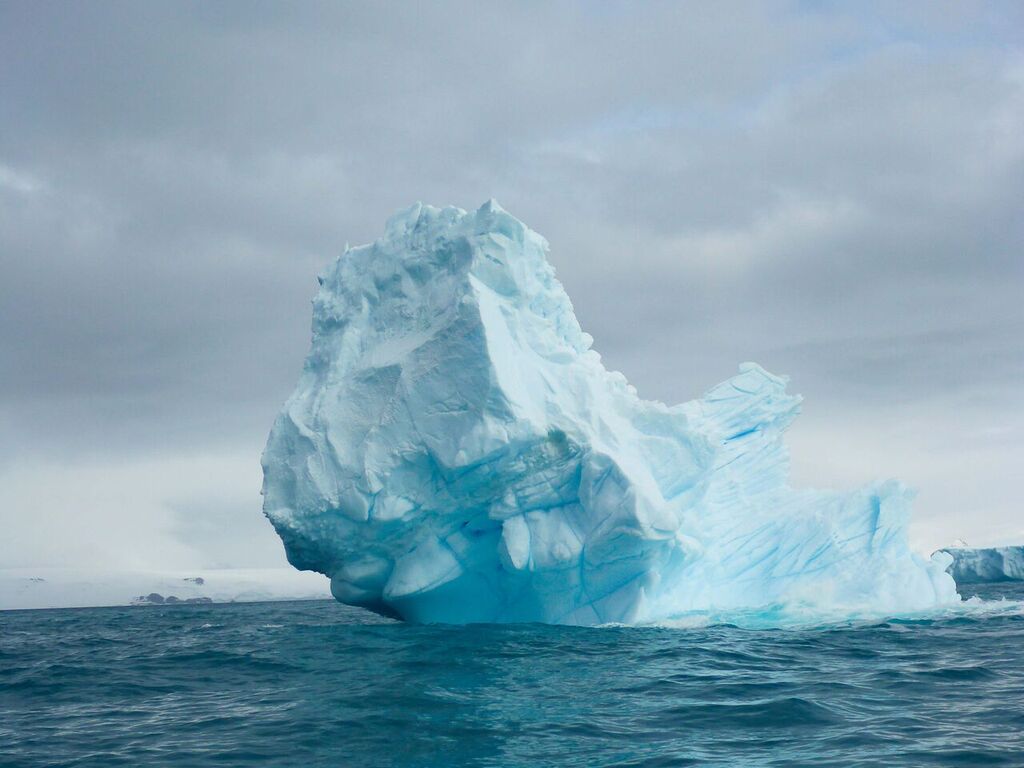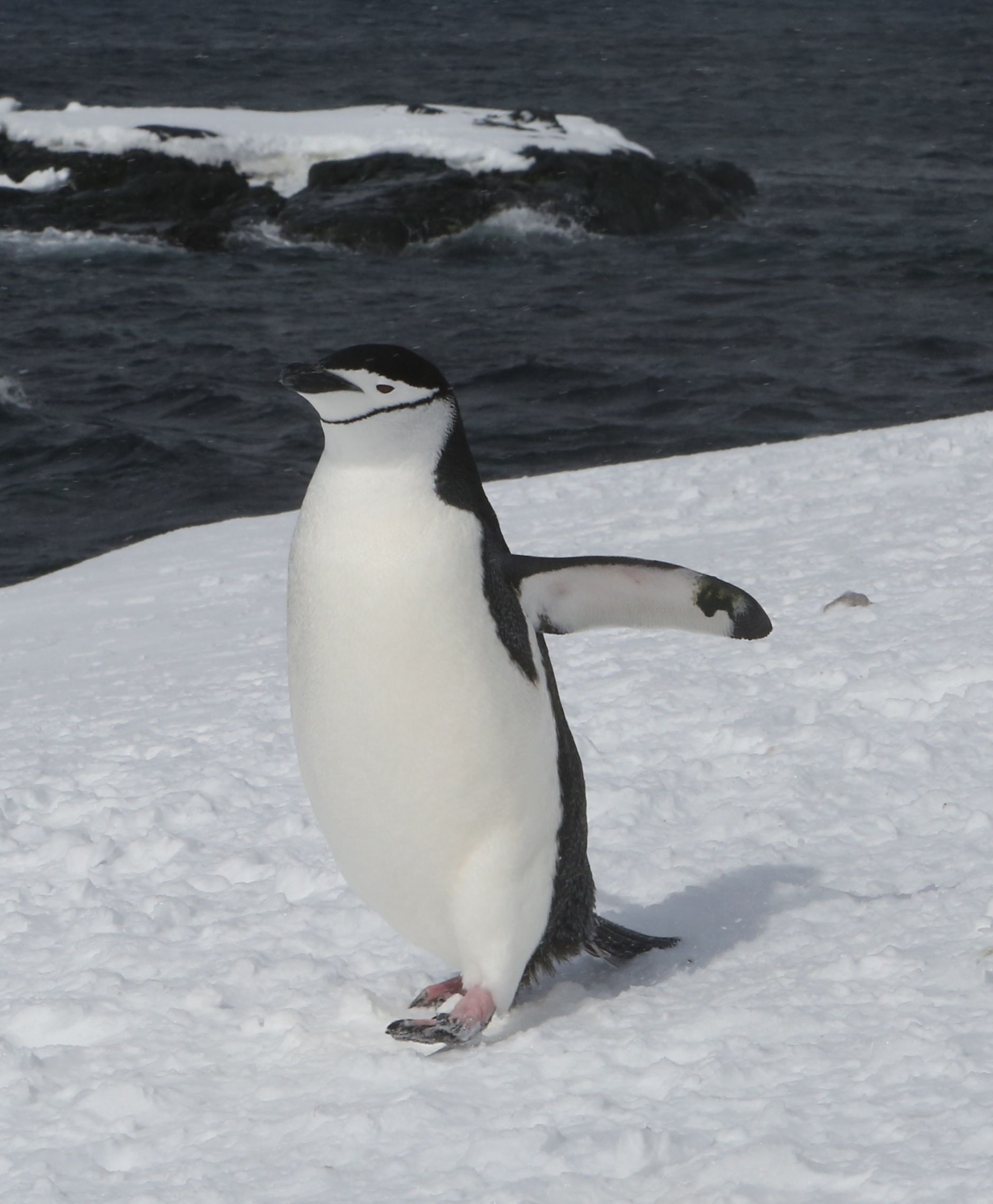In response to our recent post on the challenges faced by burrowing owls, artist Teresa Dendy sent us photos of a burrowing-owl mural she painted in Phoenix, Arizona.
A tiny piece of Teresa Dendy's Phoenix mural of burrowing owls.
Teresa wrote, "My daughter and I helped relocate burrowing owls through an Audubon Society program. It has an over 90% success rate and we got to see the chicks. In honor of this program, the lovely dedicated people at Audubon, and these wonderful birds, I painted a huge burrowing owl mural along the Salt River in Phoenix. This is only part of the mural. I don't have a camera that captures all 70 feet of it."
Teresa's riverside mural isn't just beautiful; it also teaches people about burrowing owls' diet and habitat. Here are more shots that she shared.
Note the scale—it's not just 70 feet long but also almost 10 feet tall!
Teresa notes that burrowing owls have a "goofy charm" when parallaxing—that is, tilting and turning their heads to better see an object.
Burrowing owls in Arizona sometimes kill and eat sandsnakes, says Teresa, who studied the owls as part of the Audubon program.
Having lost other burrow options to human development of the land and the decline of prairie dogs (whose burrows they sometimes use), burrowing owls now sometimes nest in human-made objects like drainage pipes. Conservation groups even put those pipes (and other possible burrow replacements) out to help the owls.
Teresa included a chick in this portion of the mural.
Teresa the artist jokingly calls this owl "the critic."
The volunteer work Teresa and her daughter did to help the owls is inspiring—an example of how all of us can find ways to help animals if we choose to. Many thanks, Teresa! —Craig Neff and Pamelia Markwood

